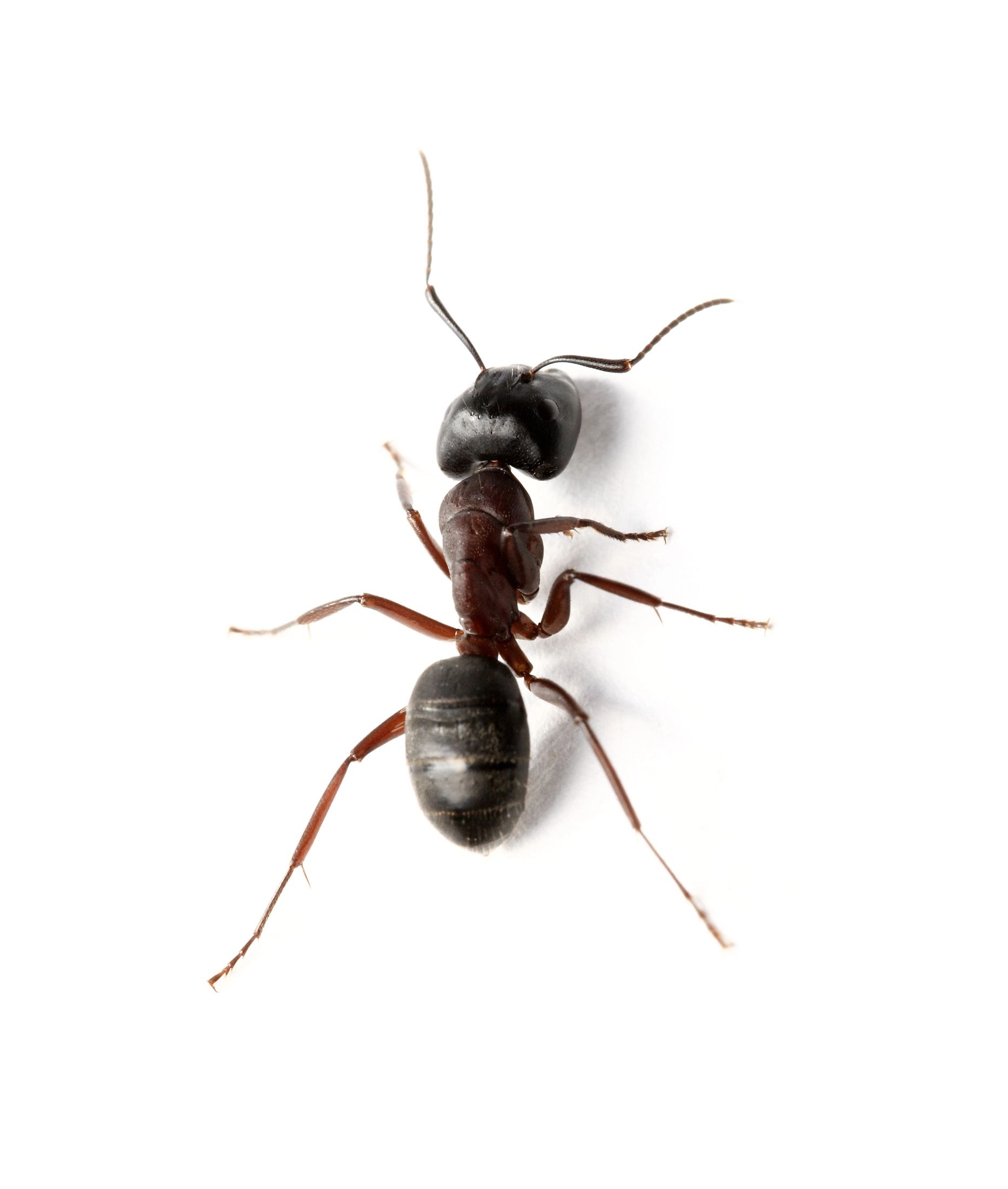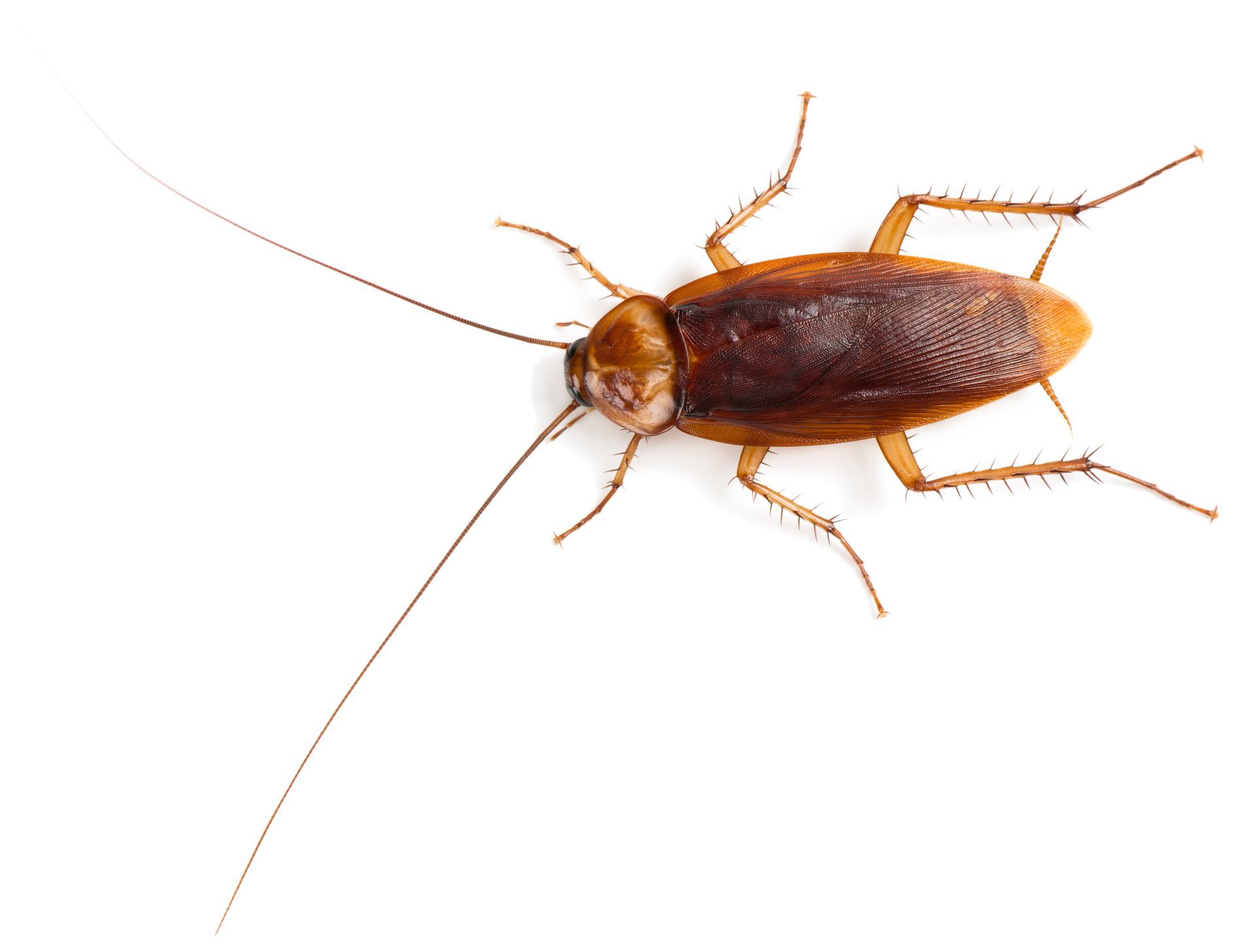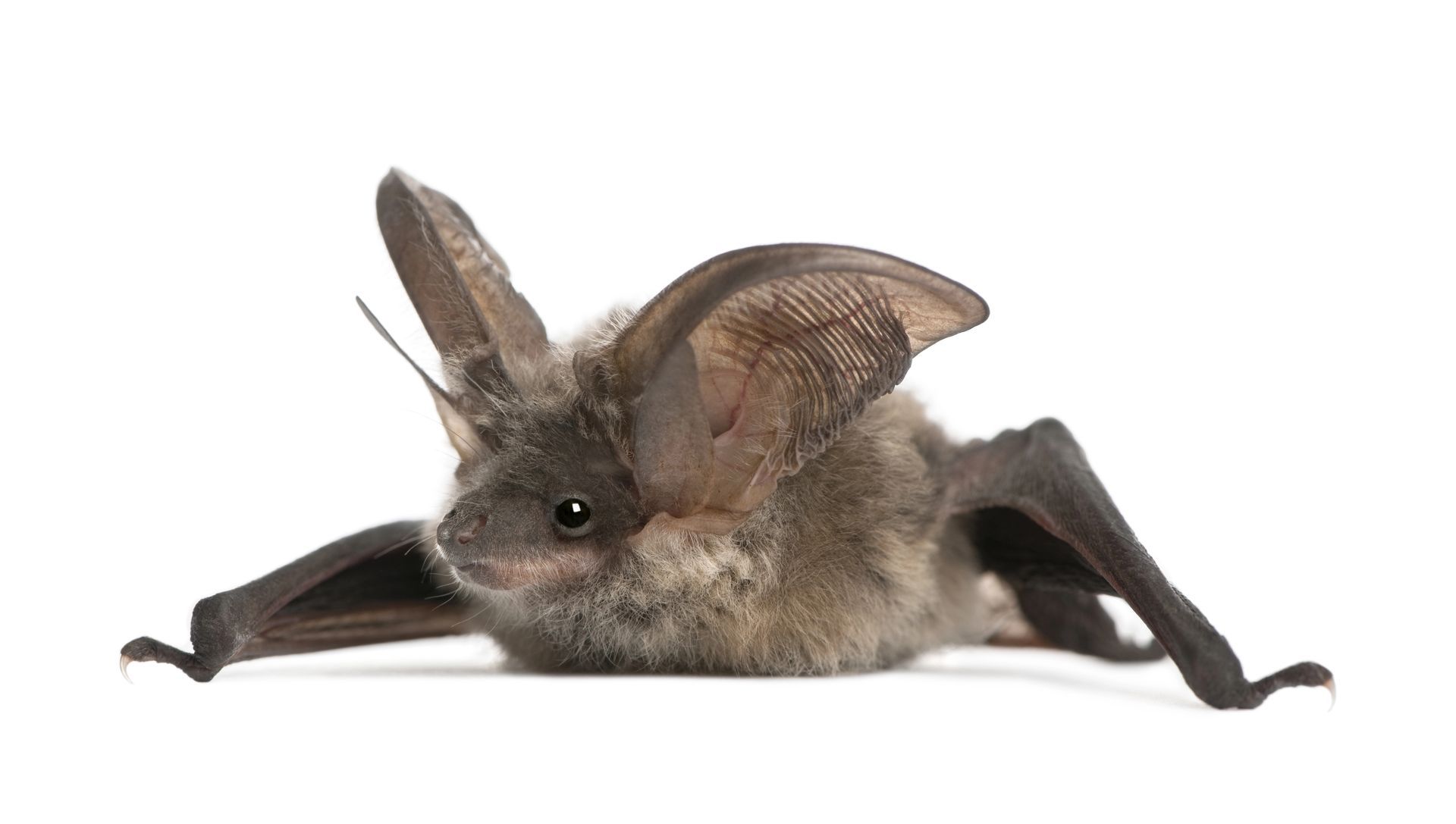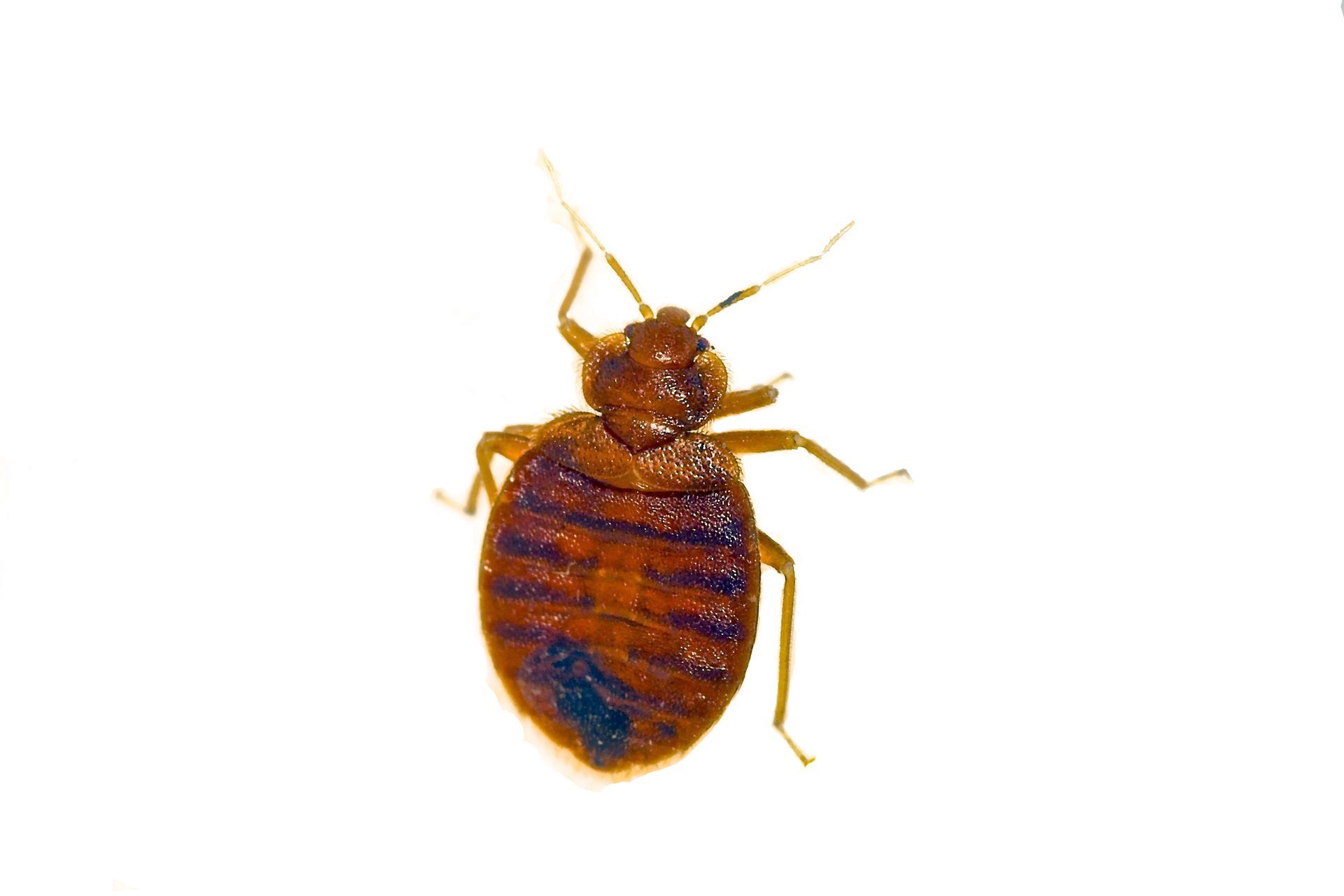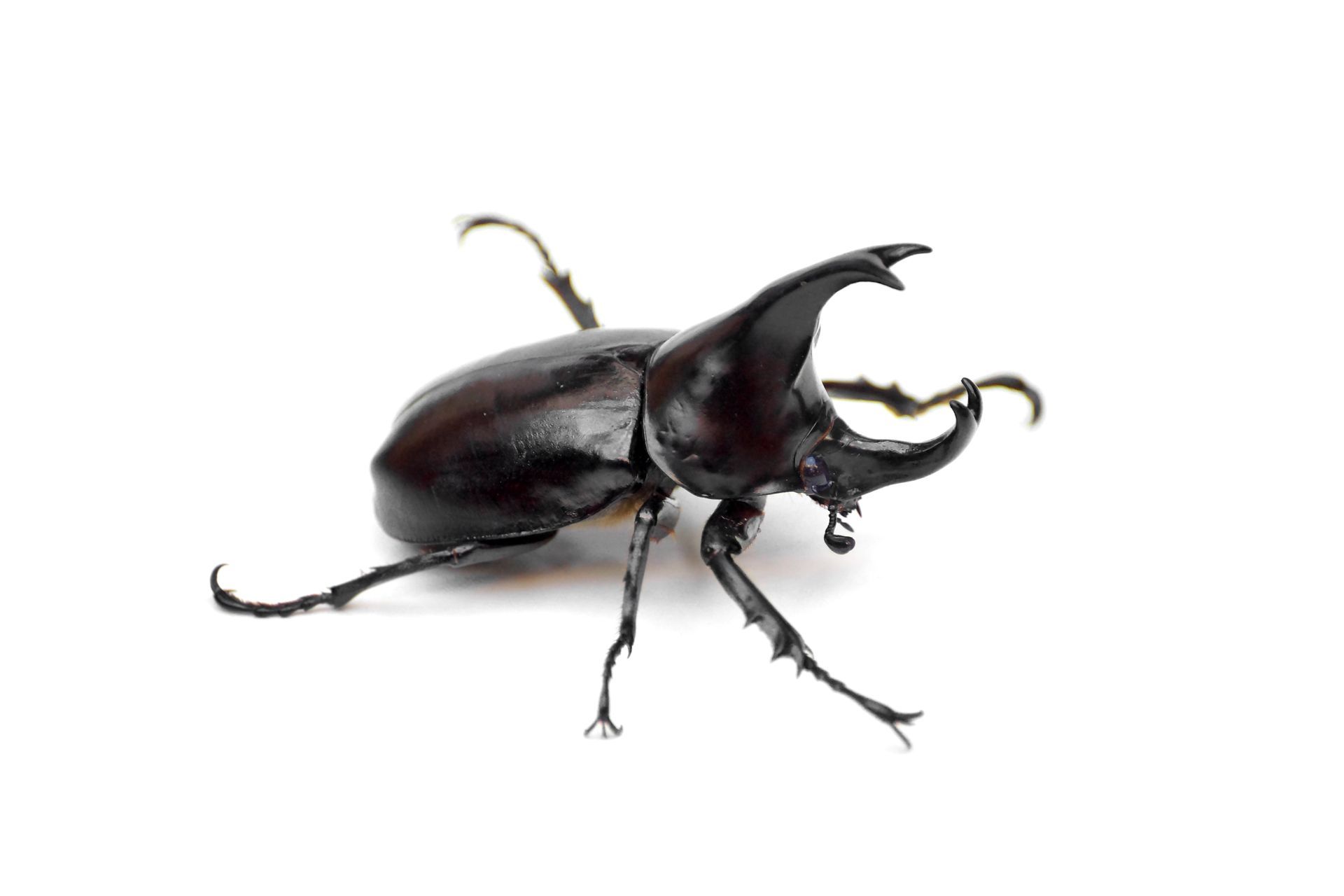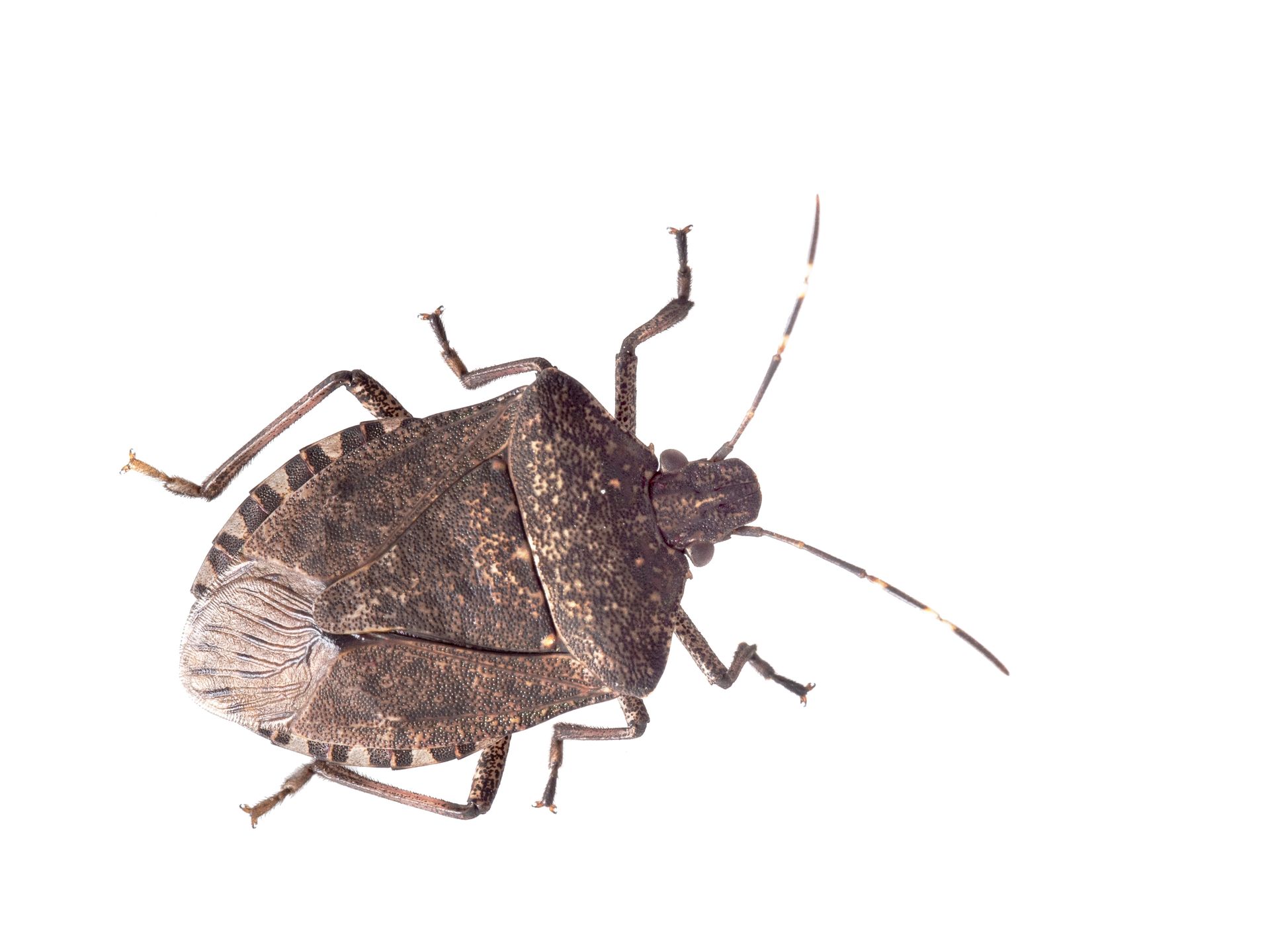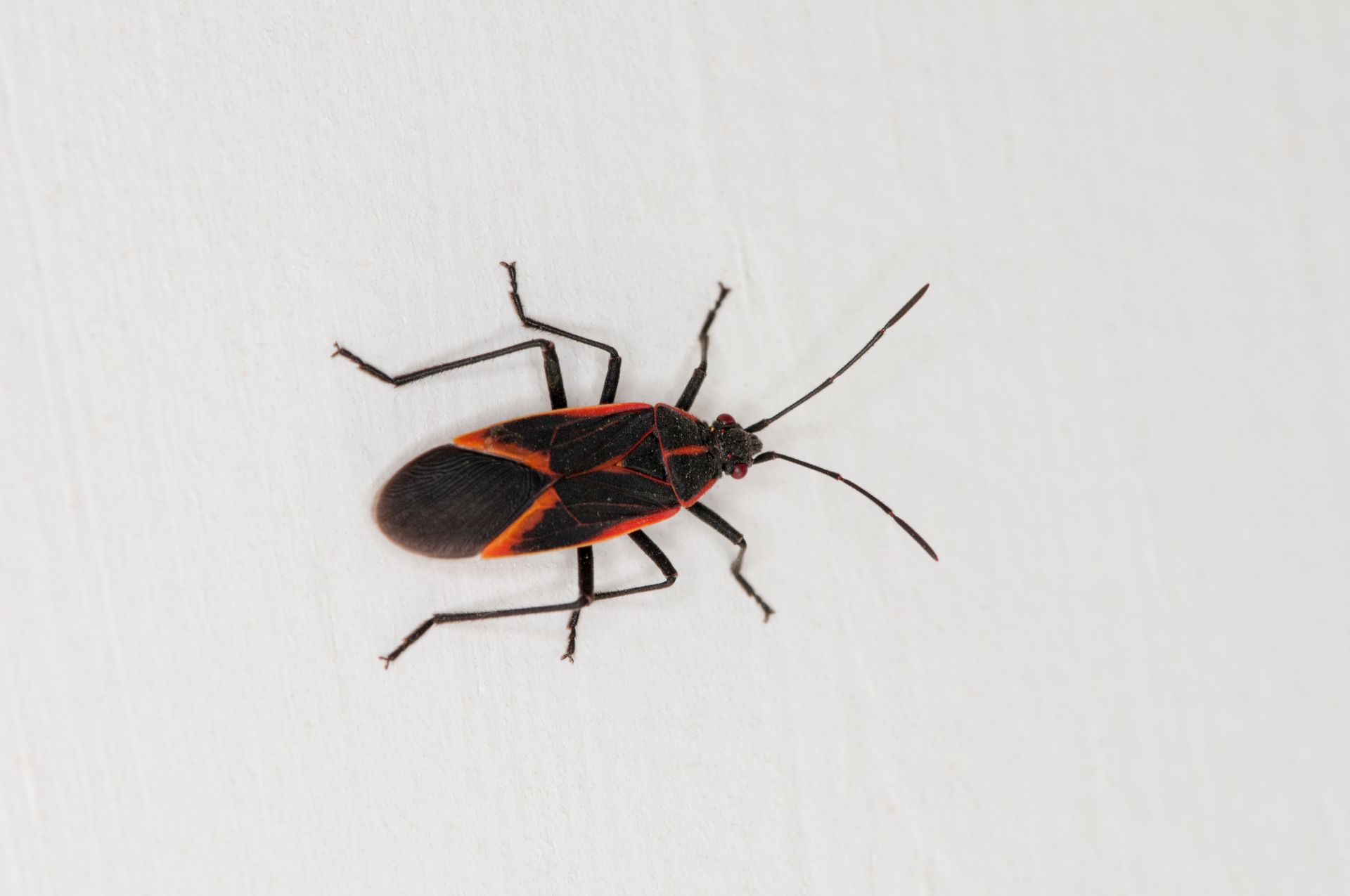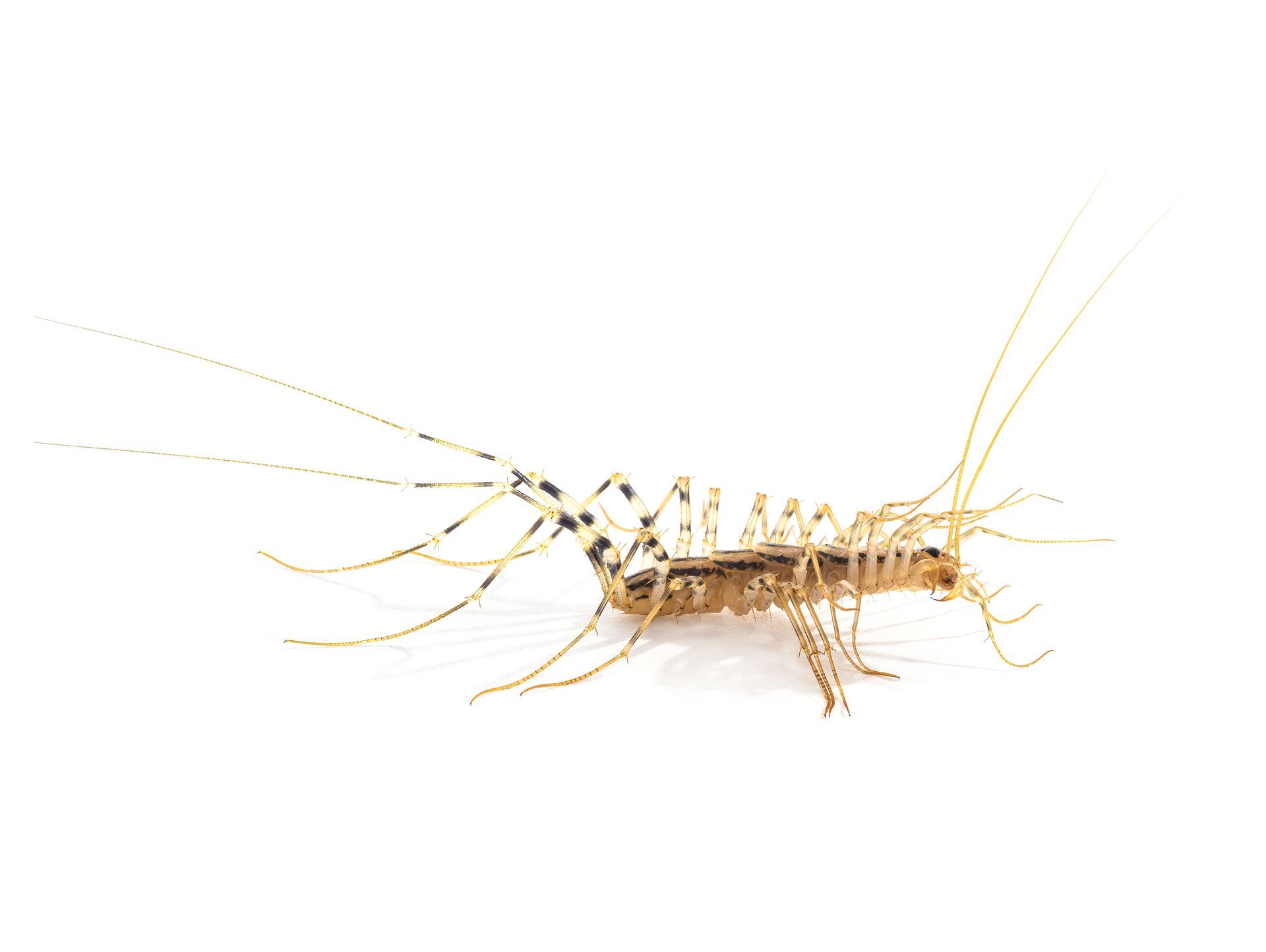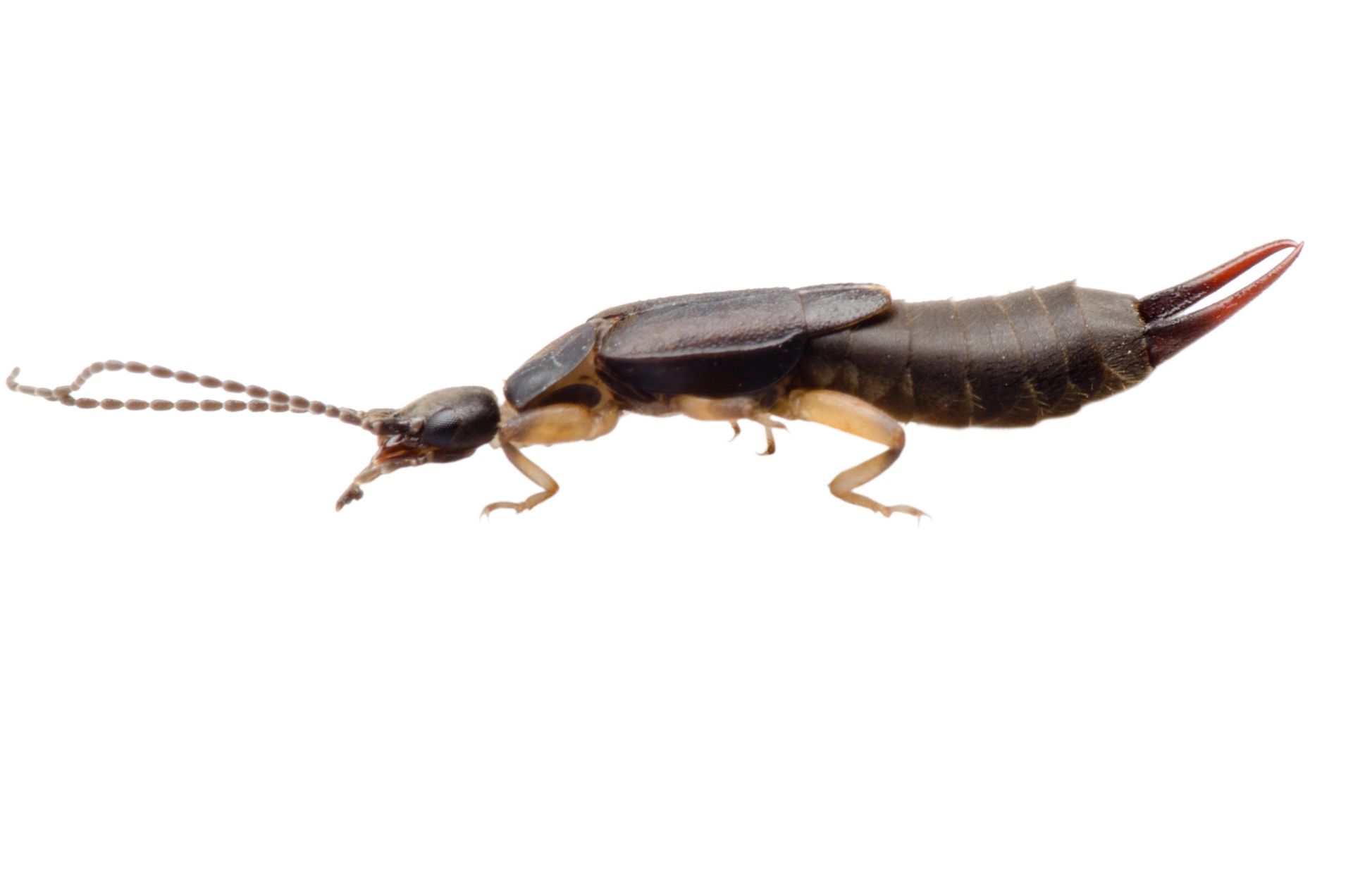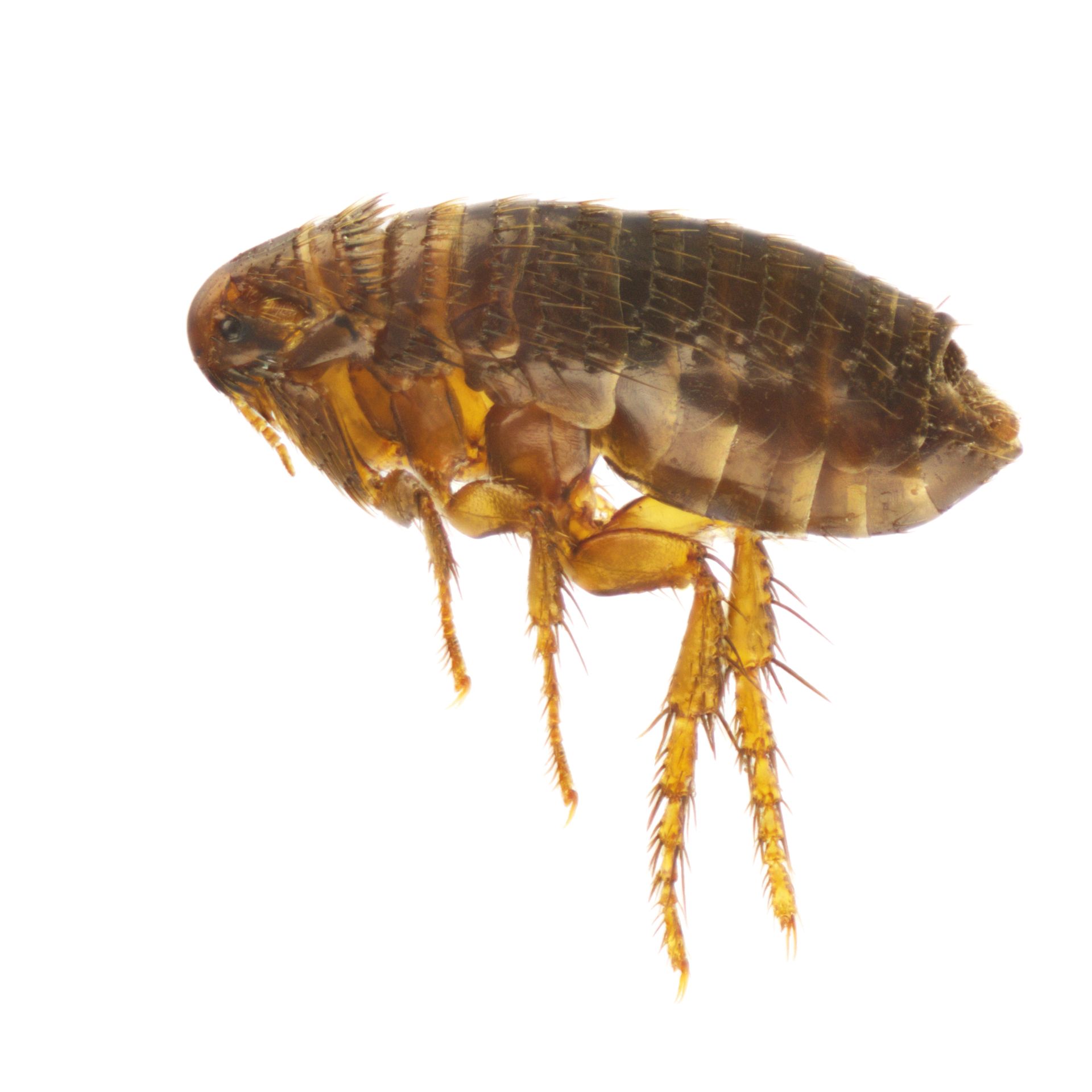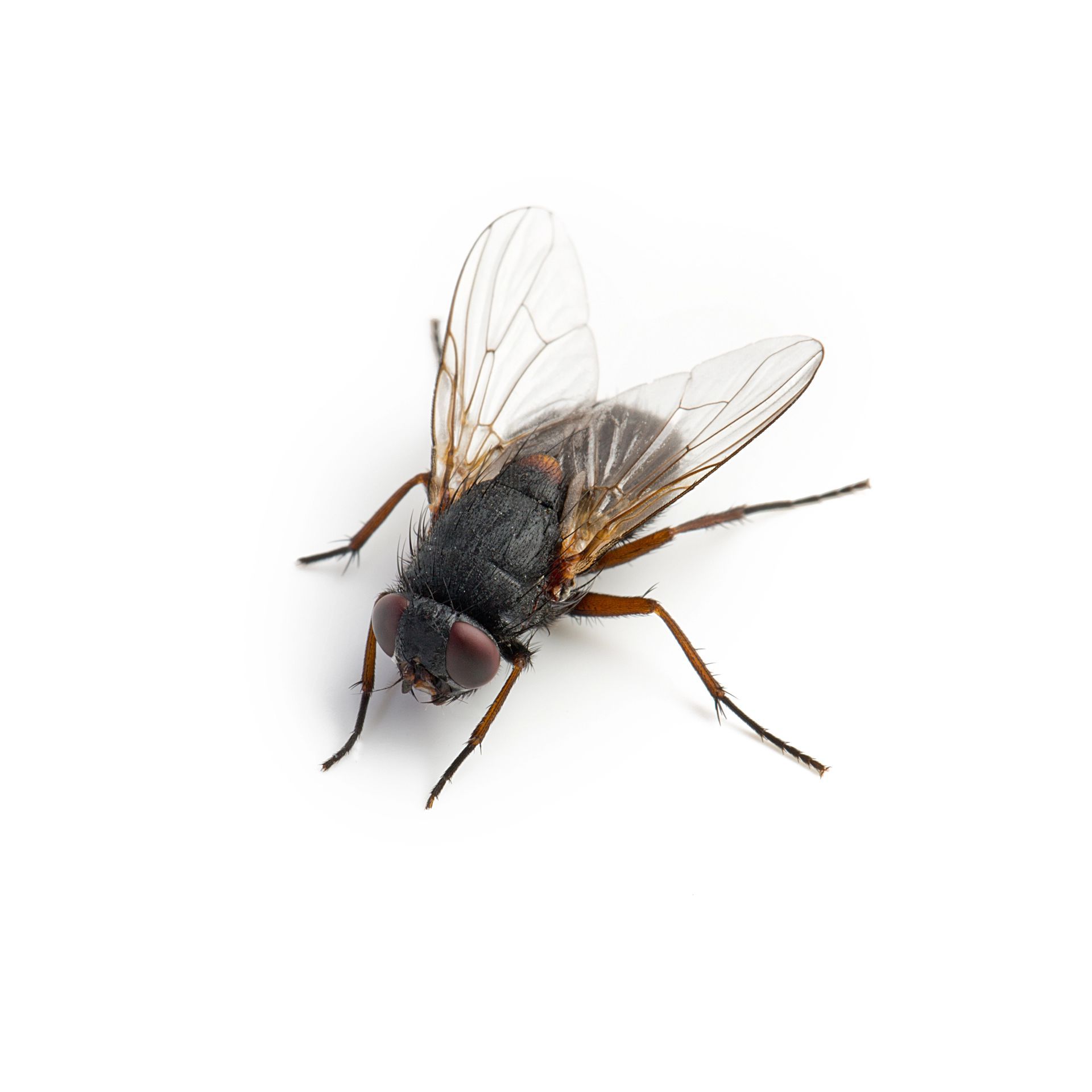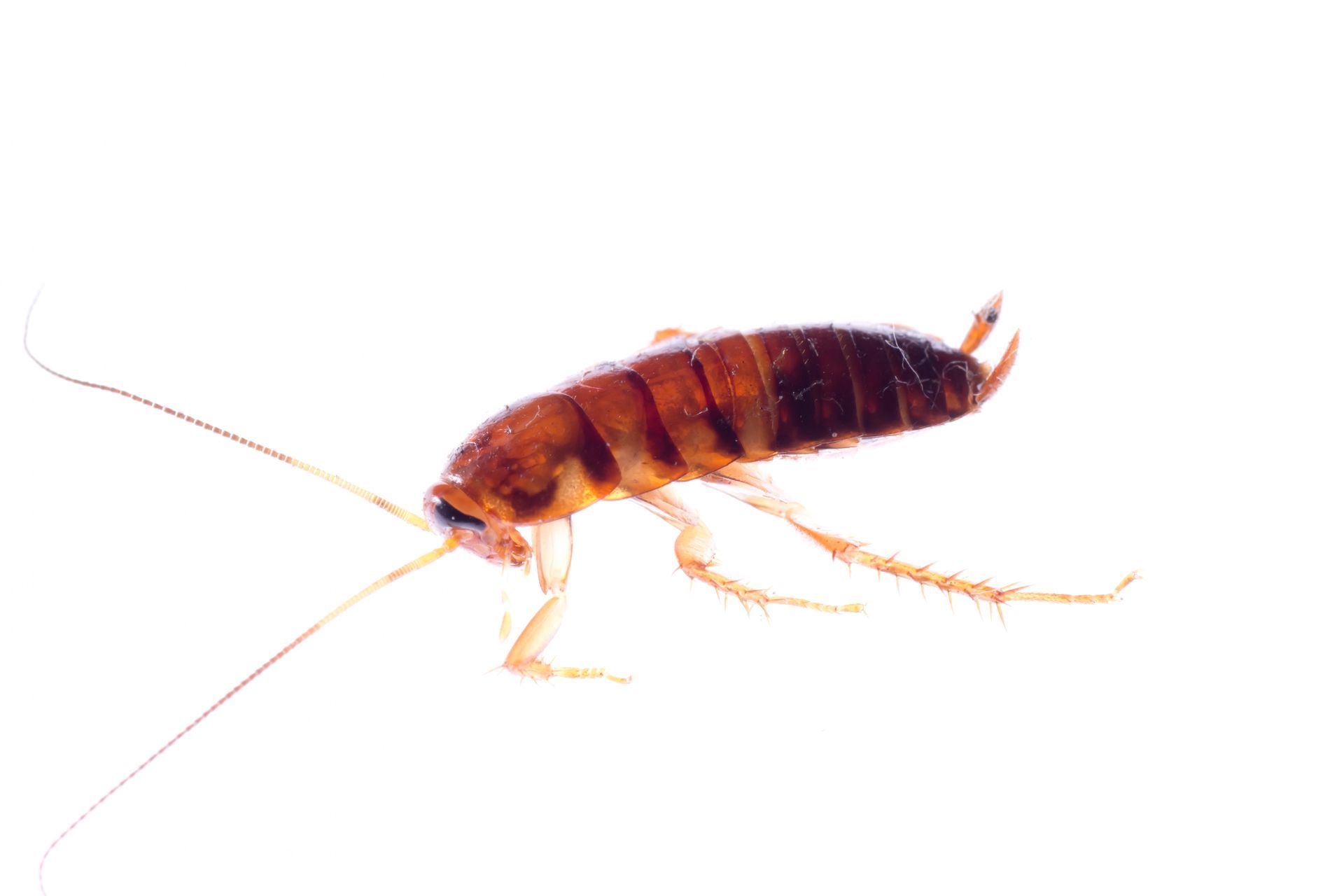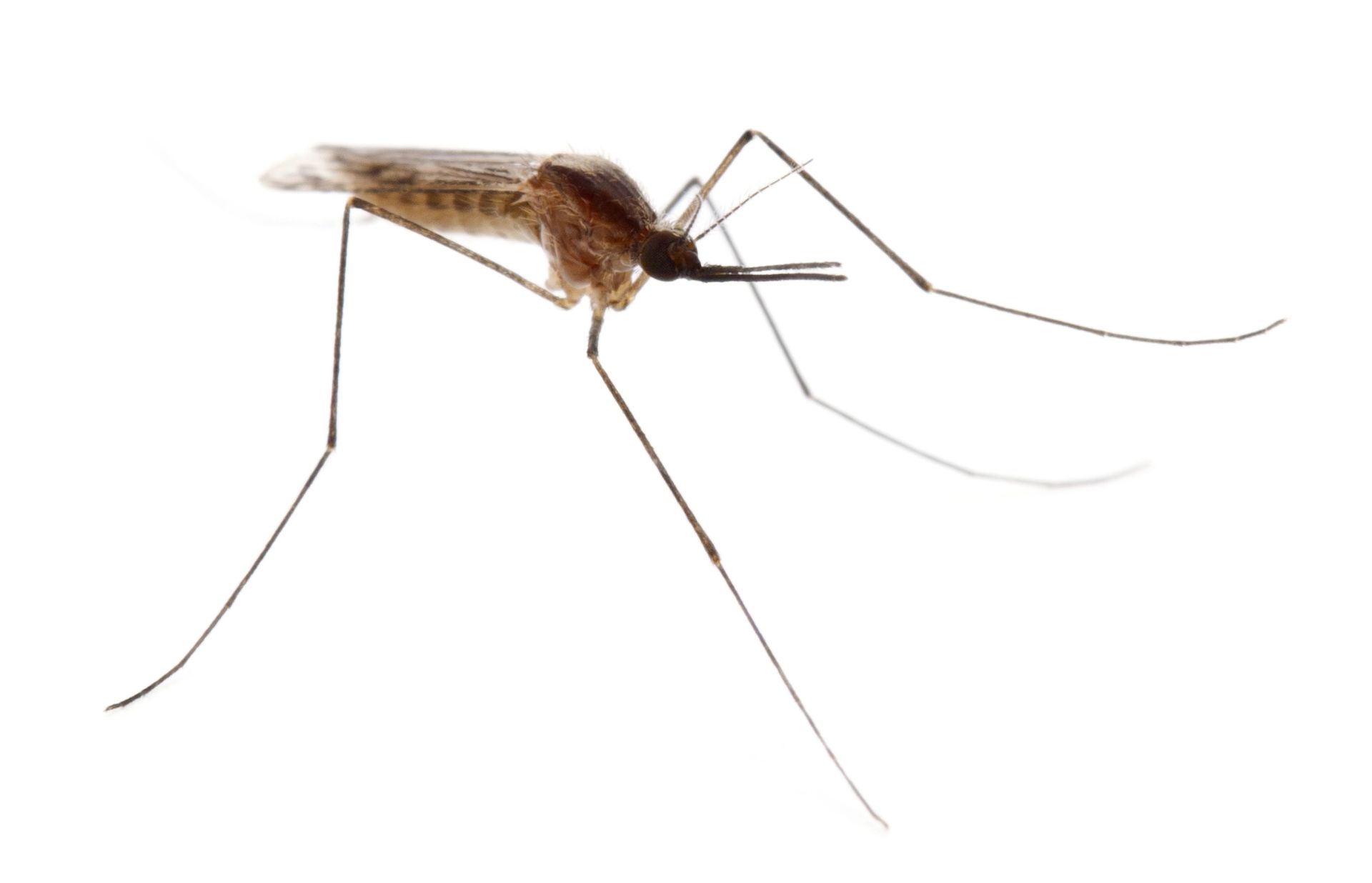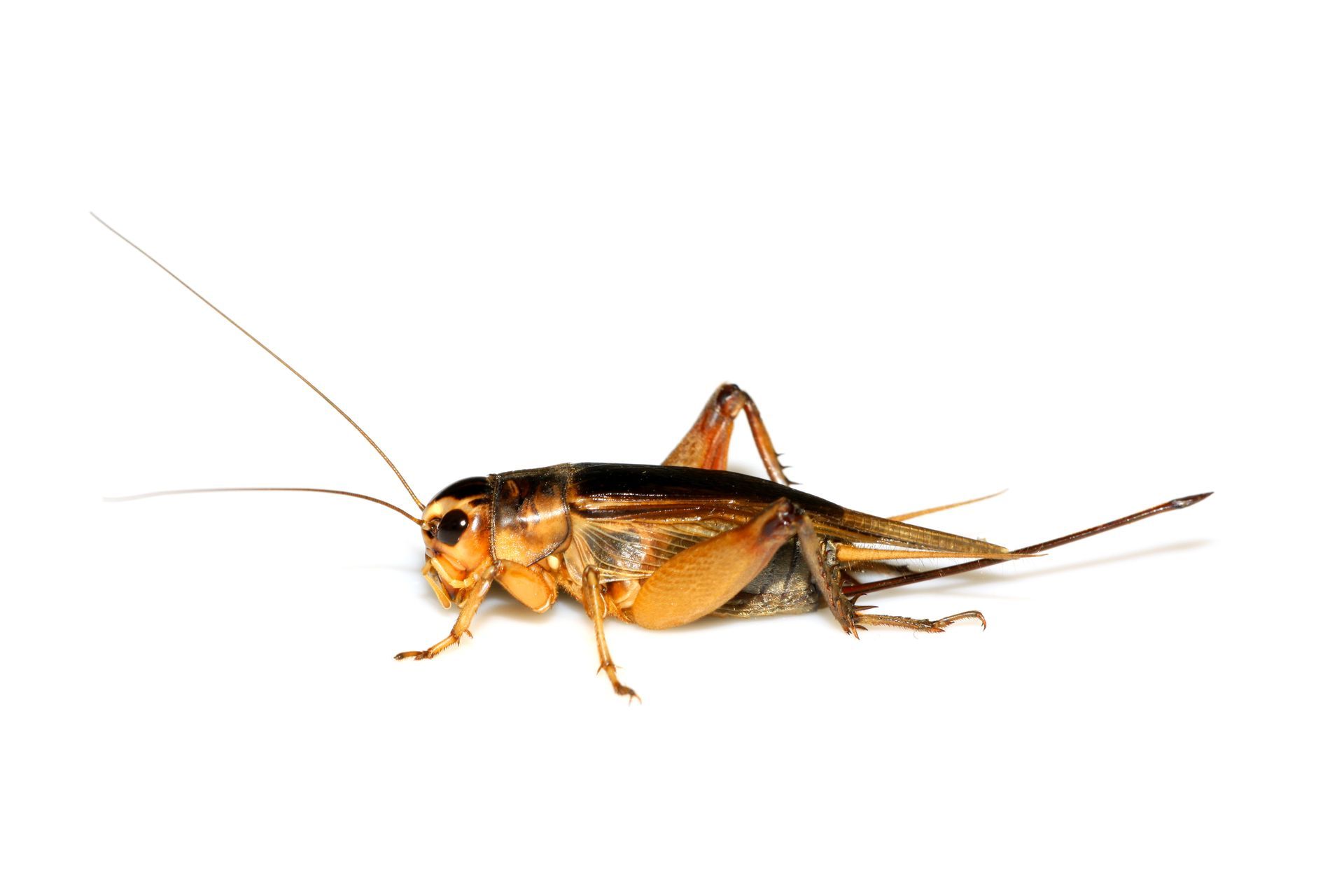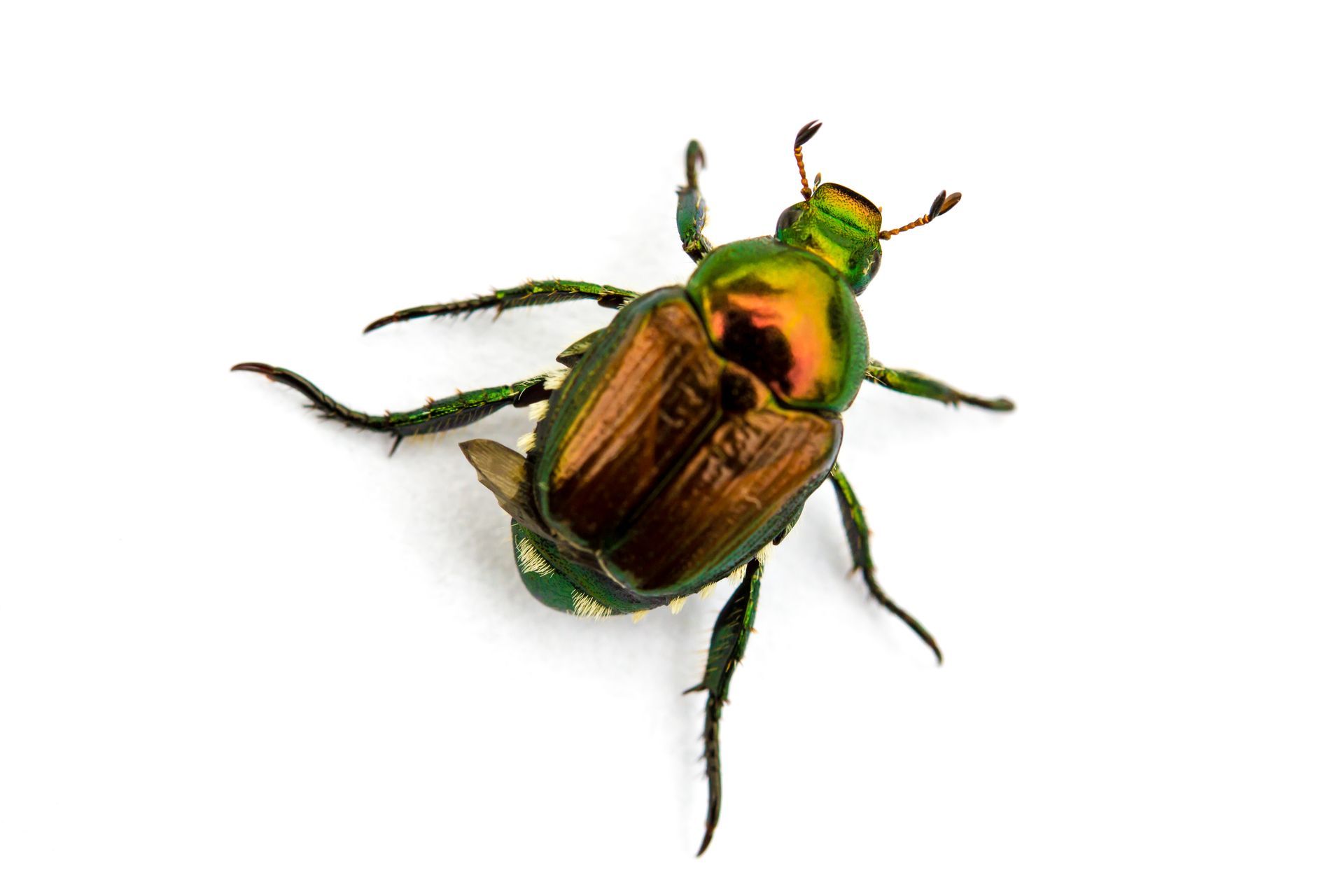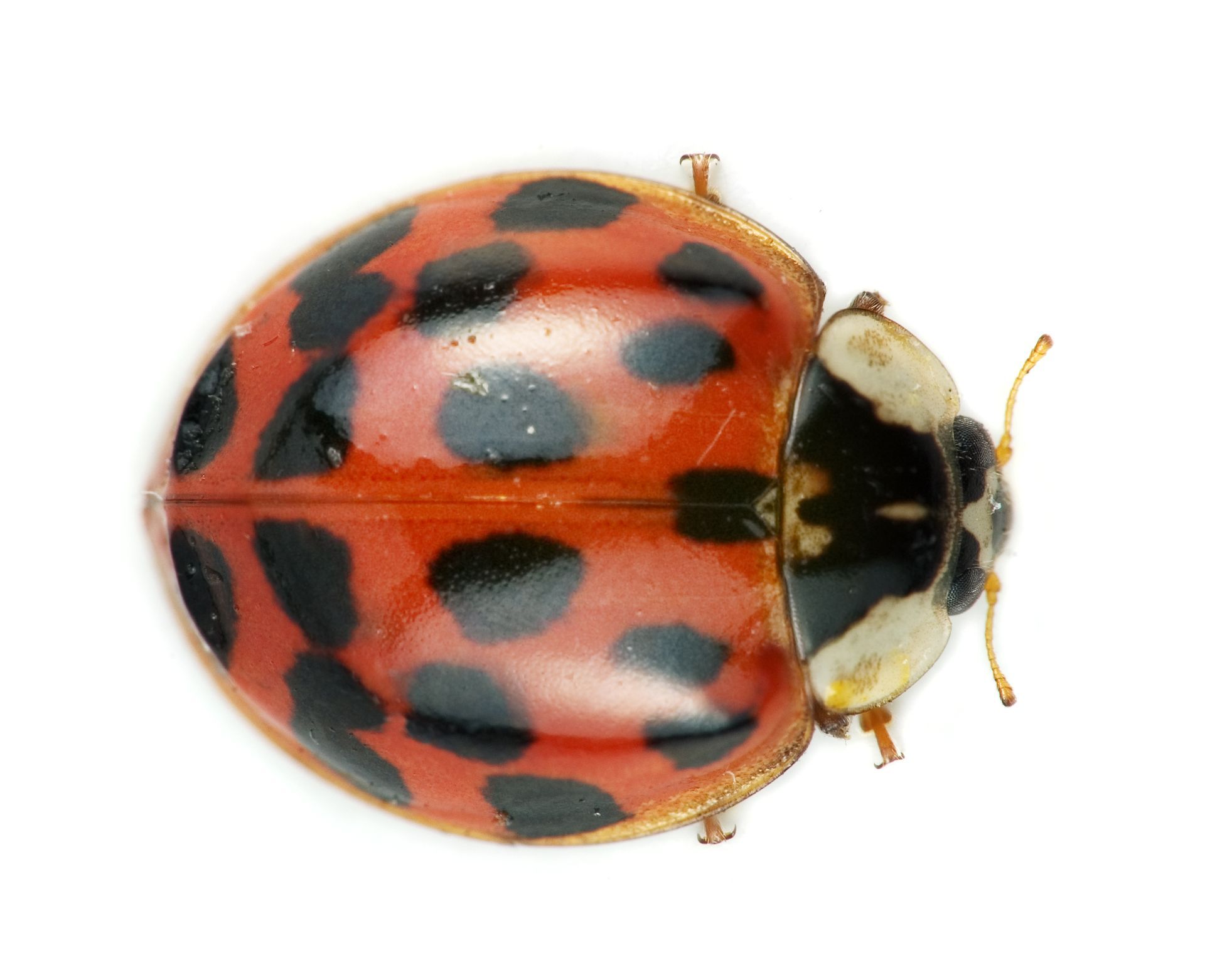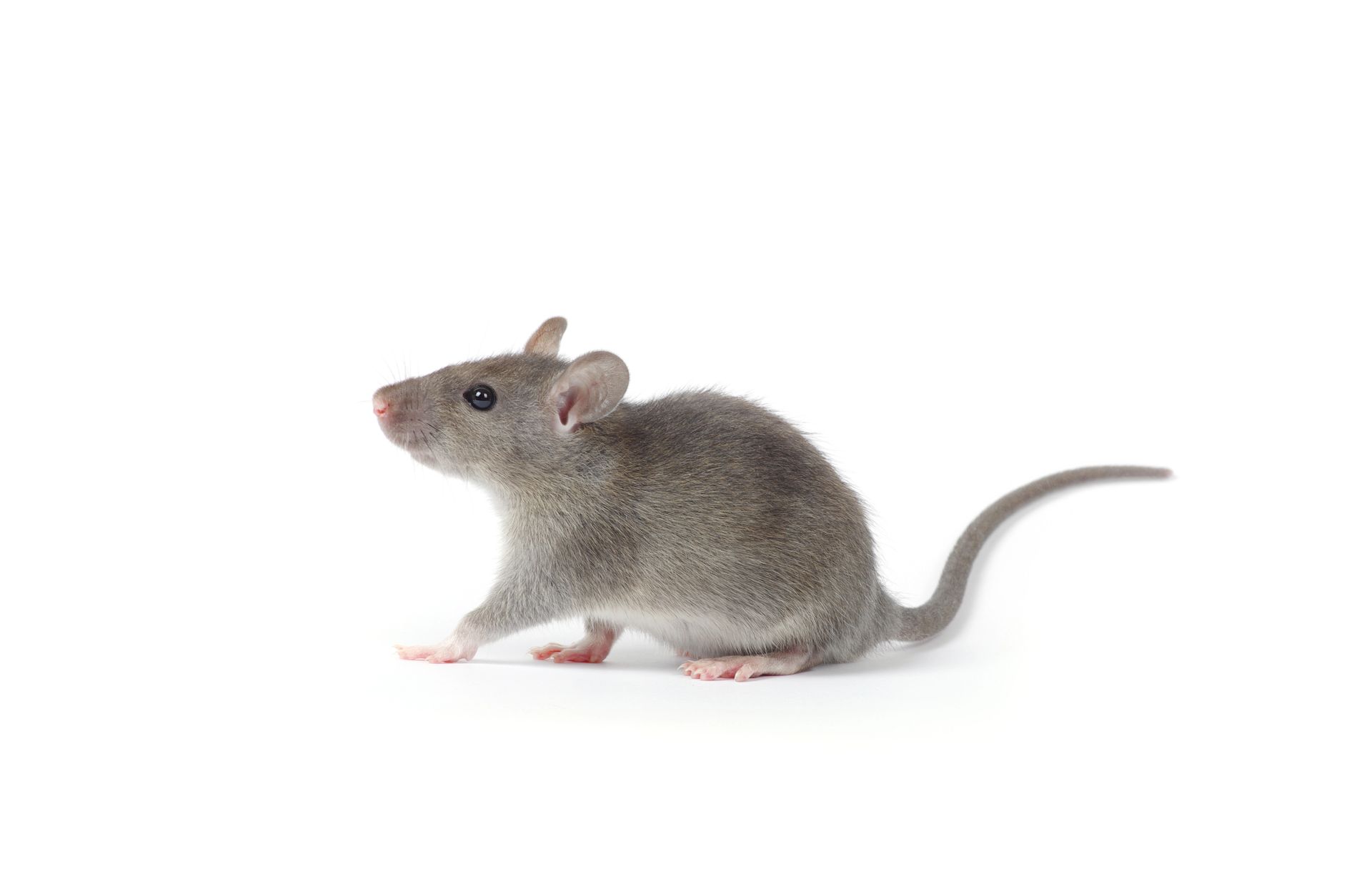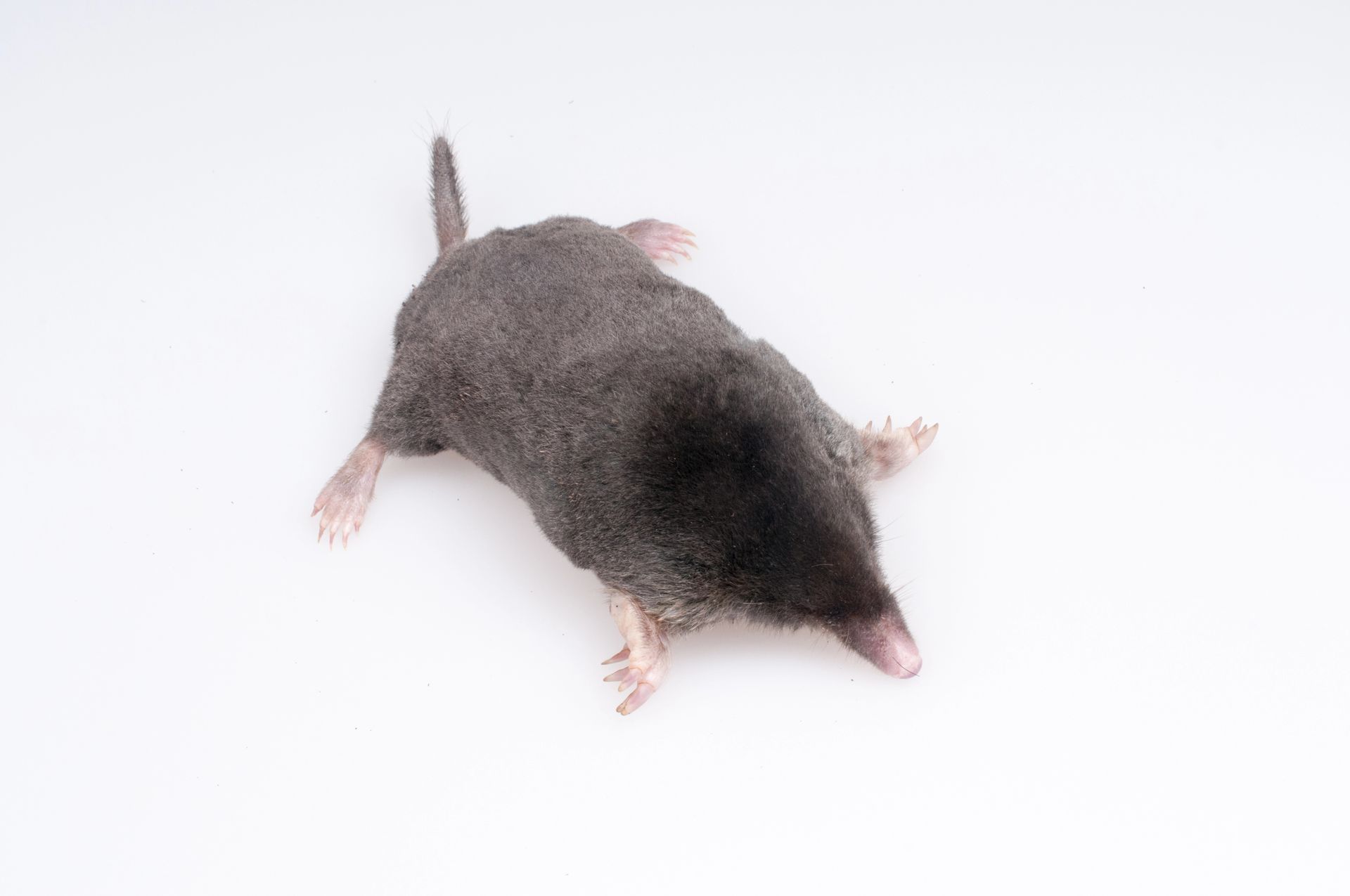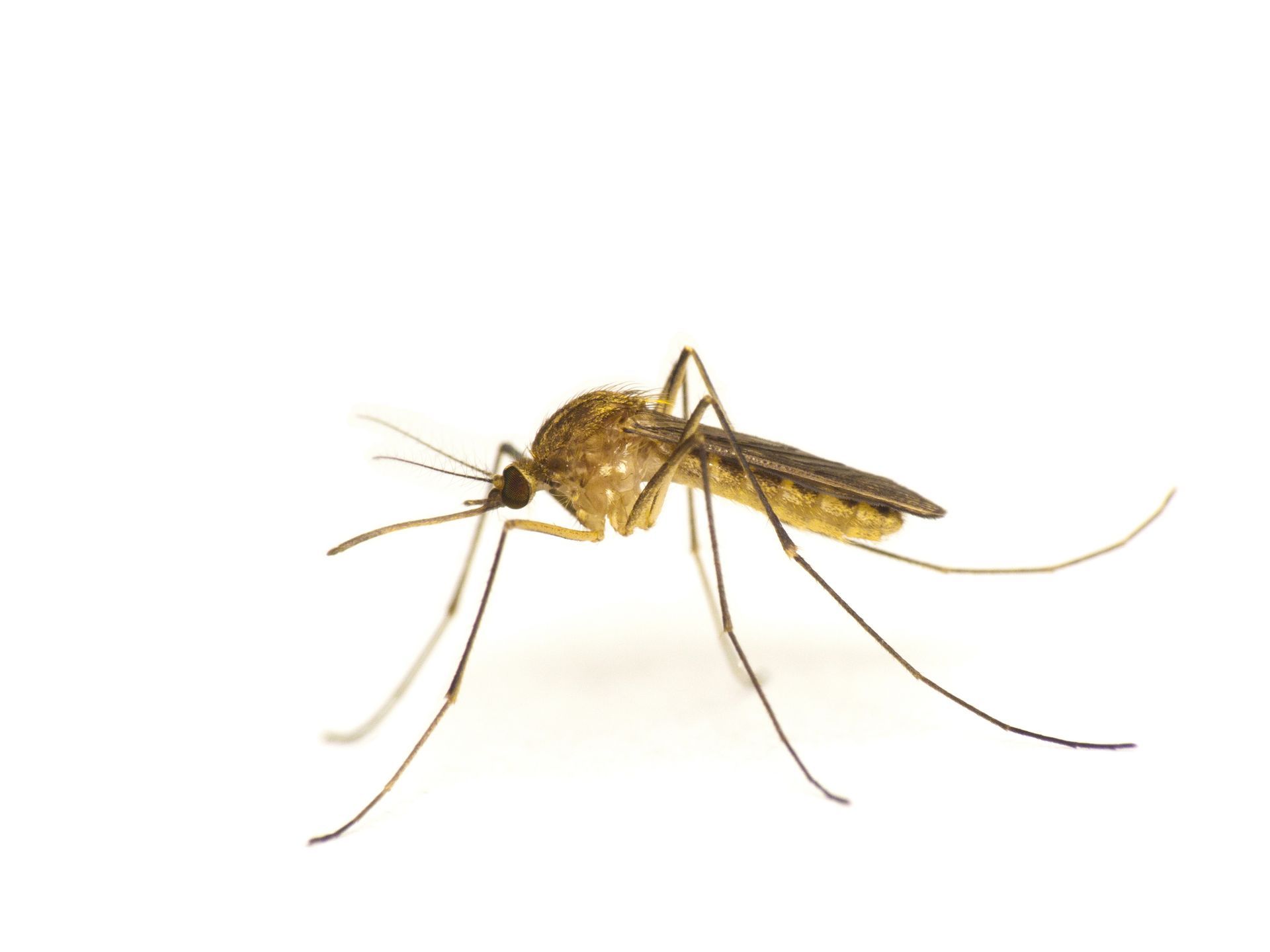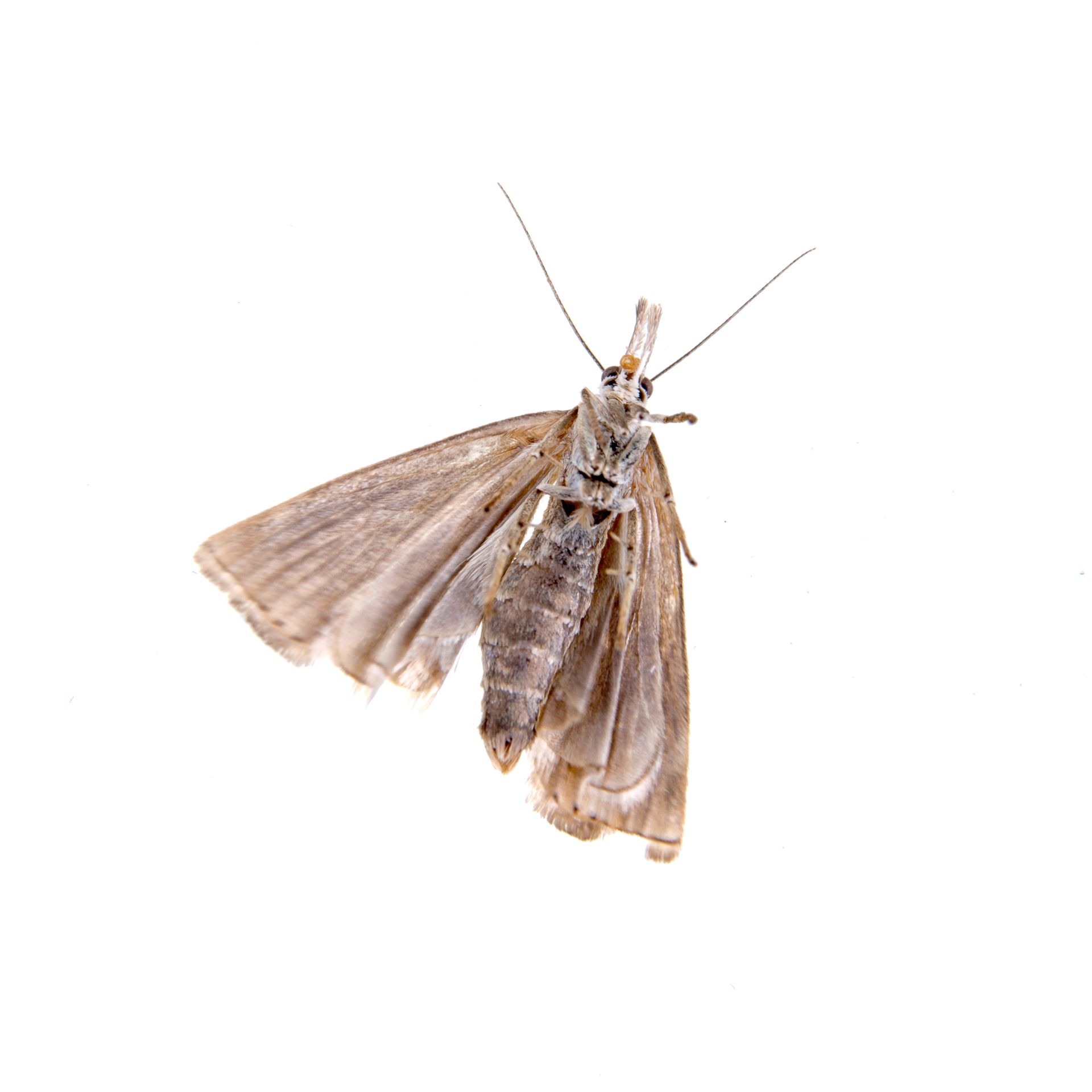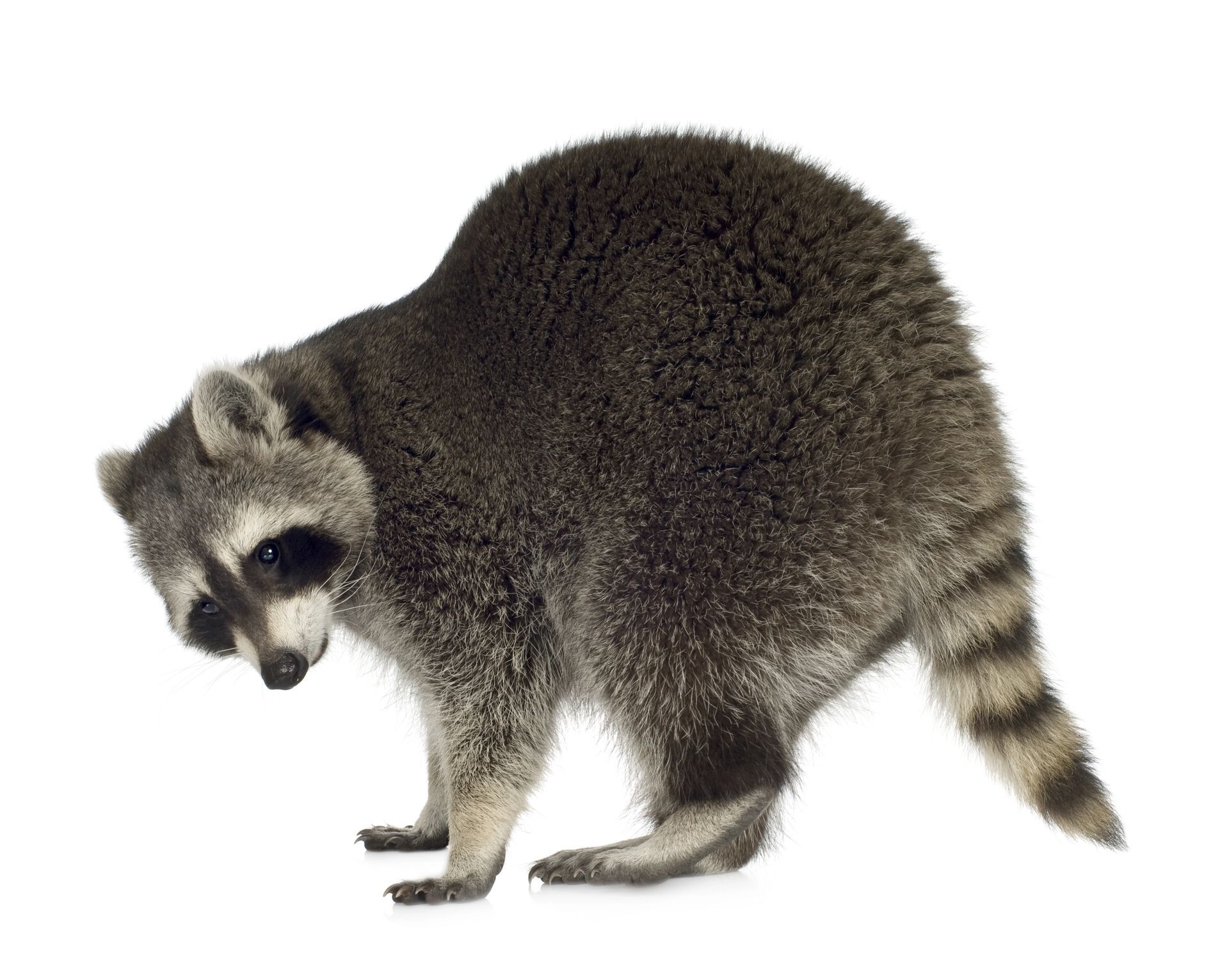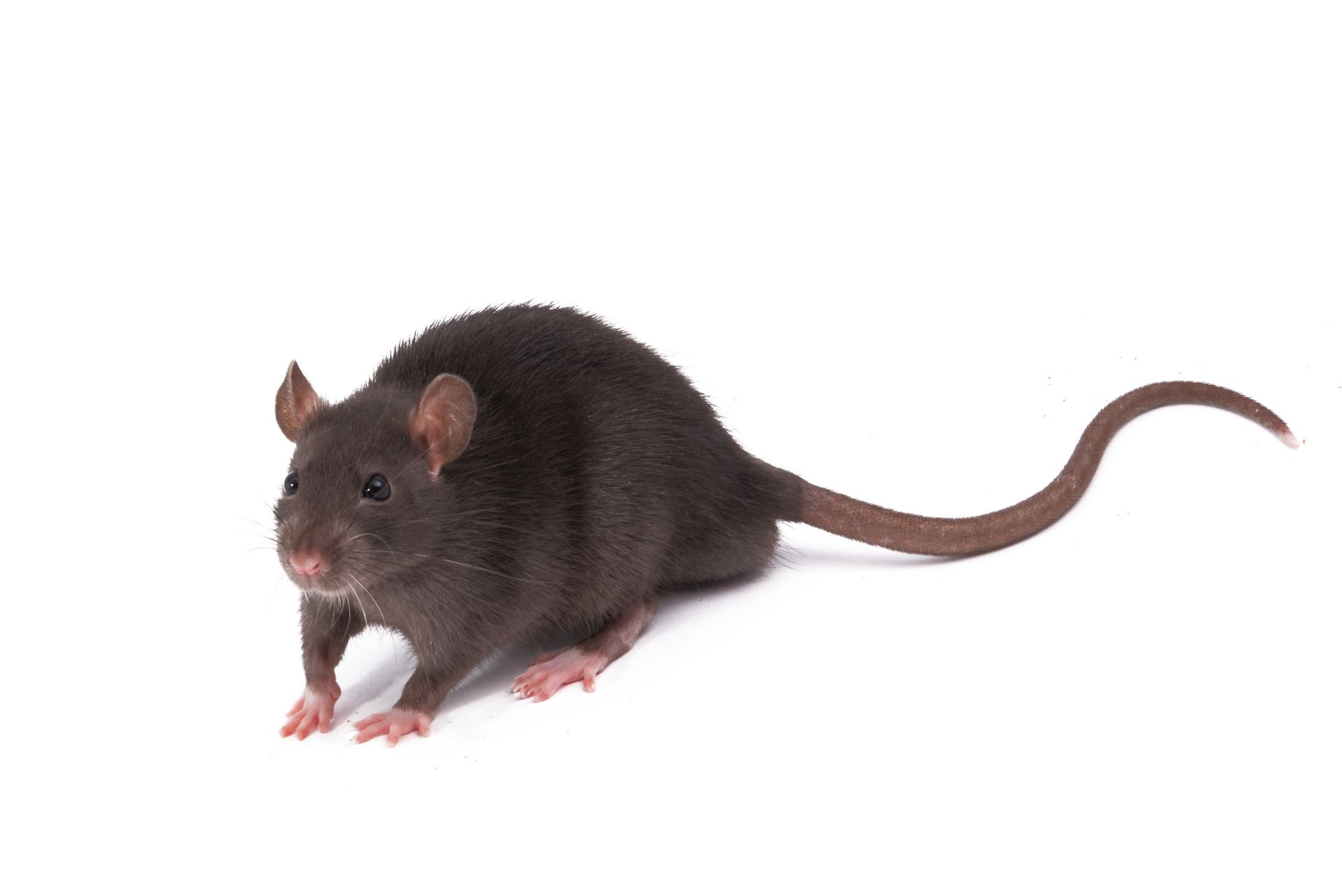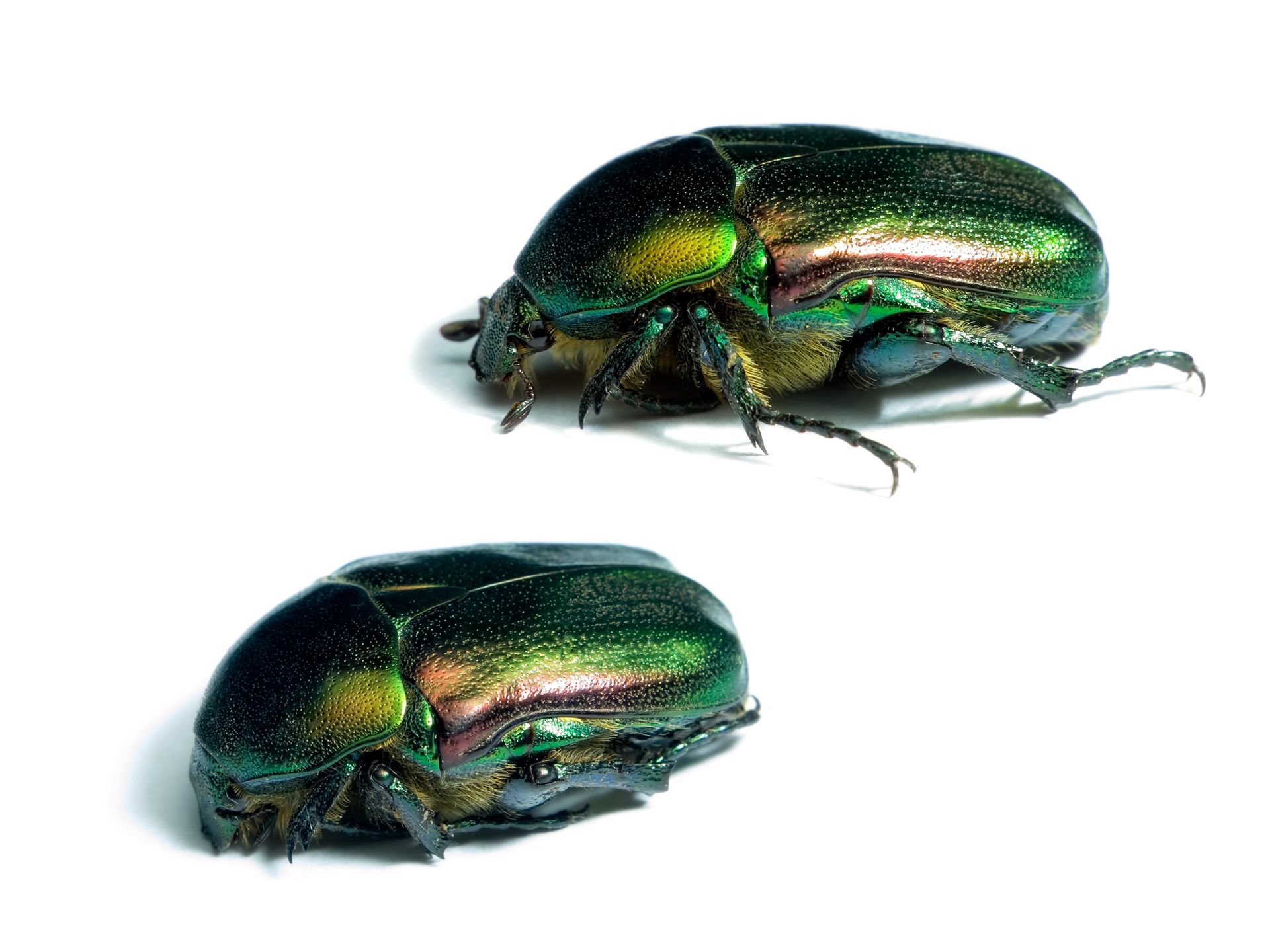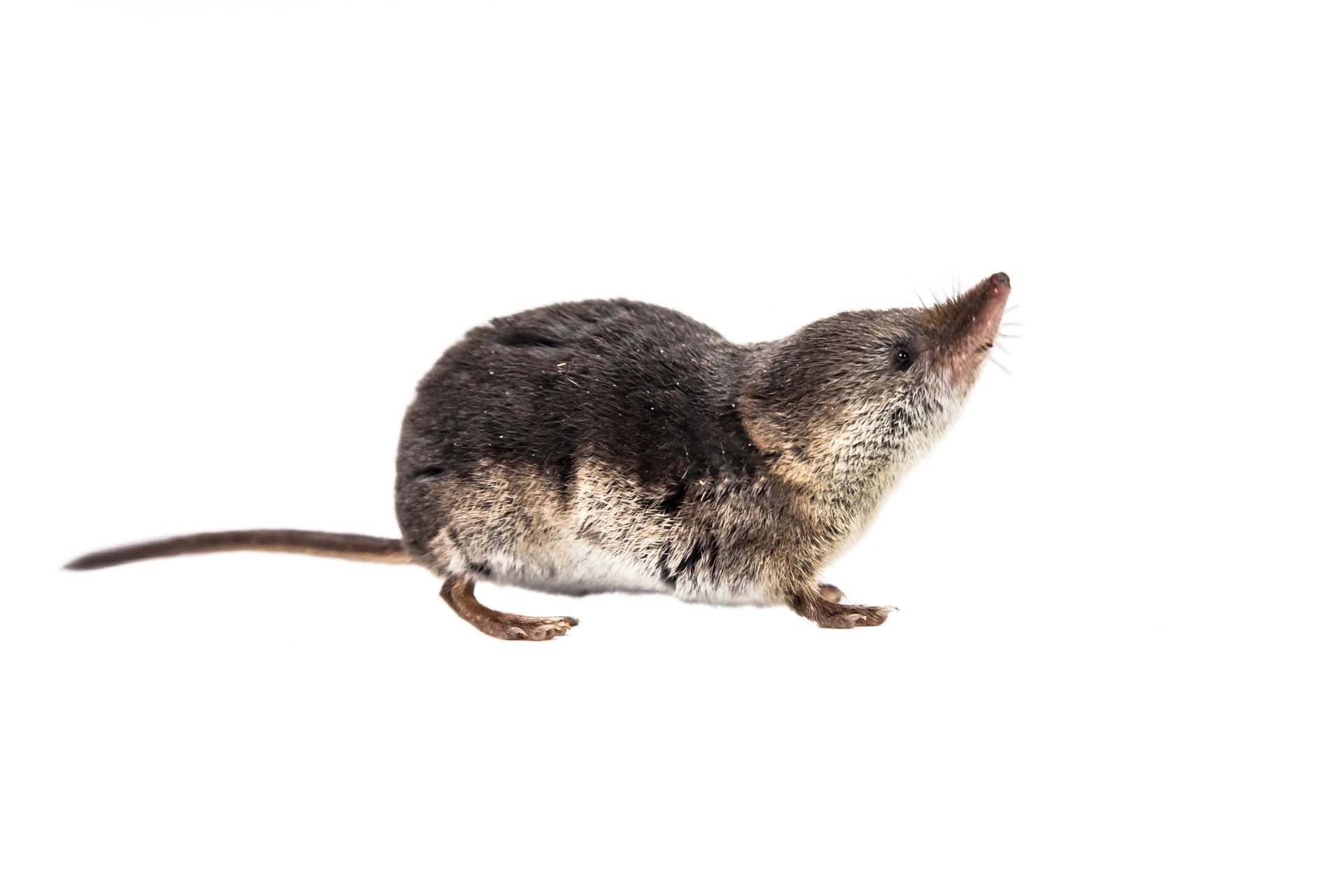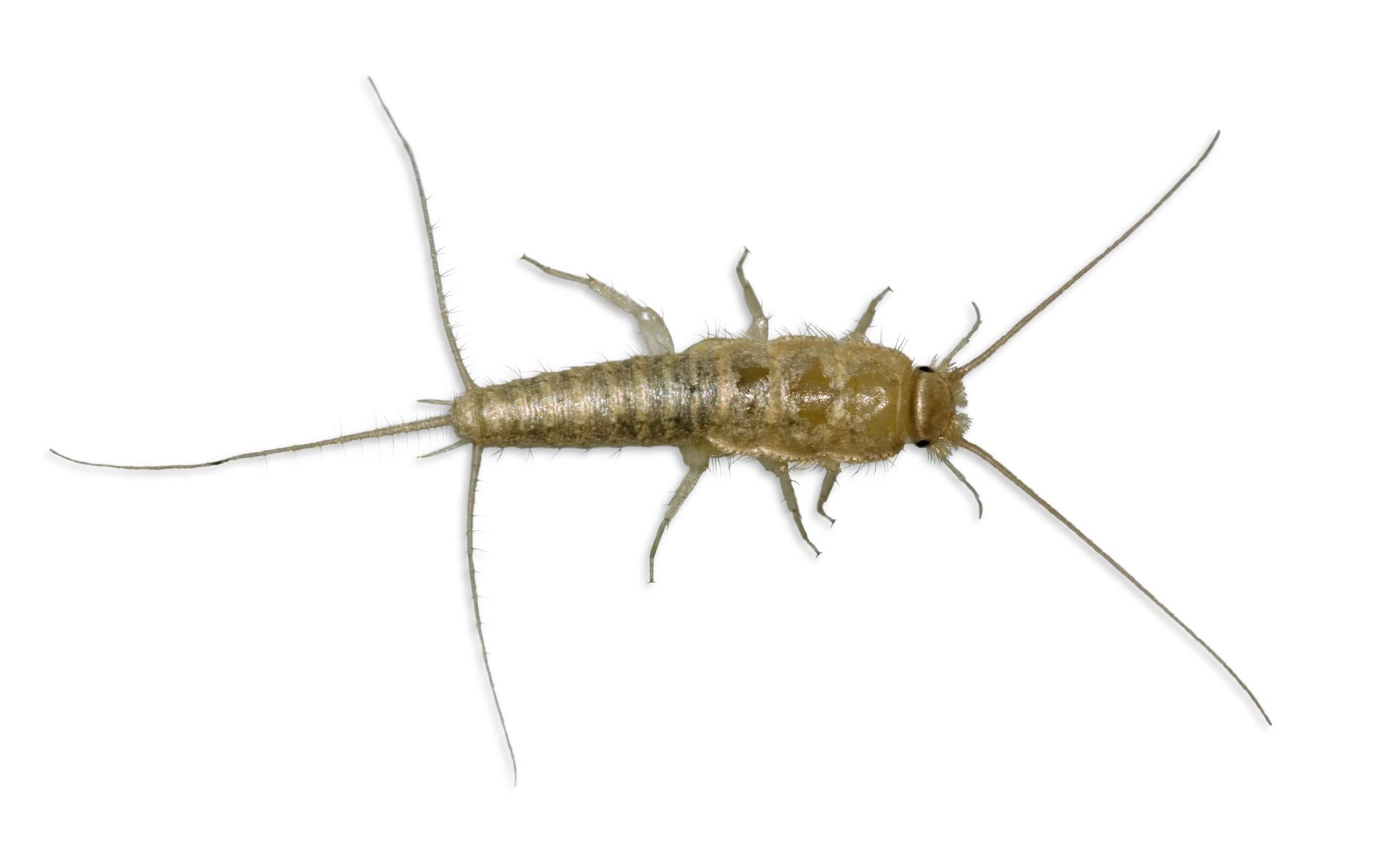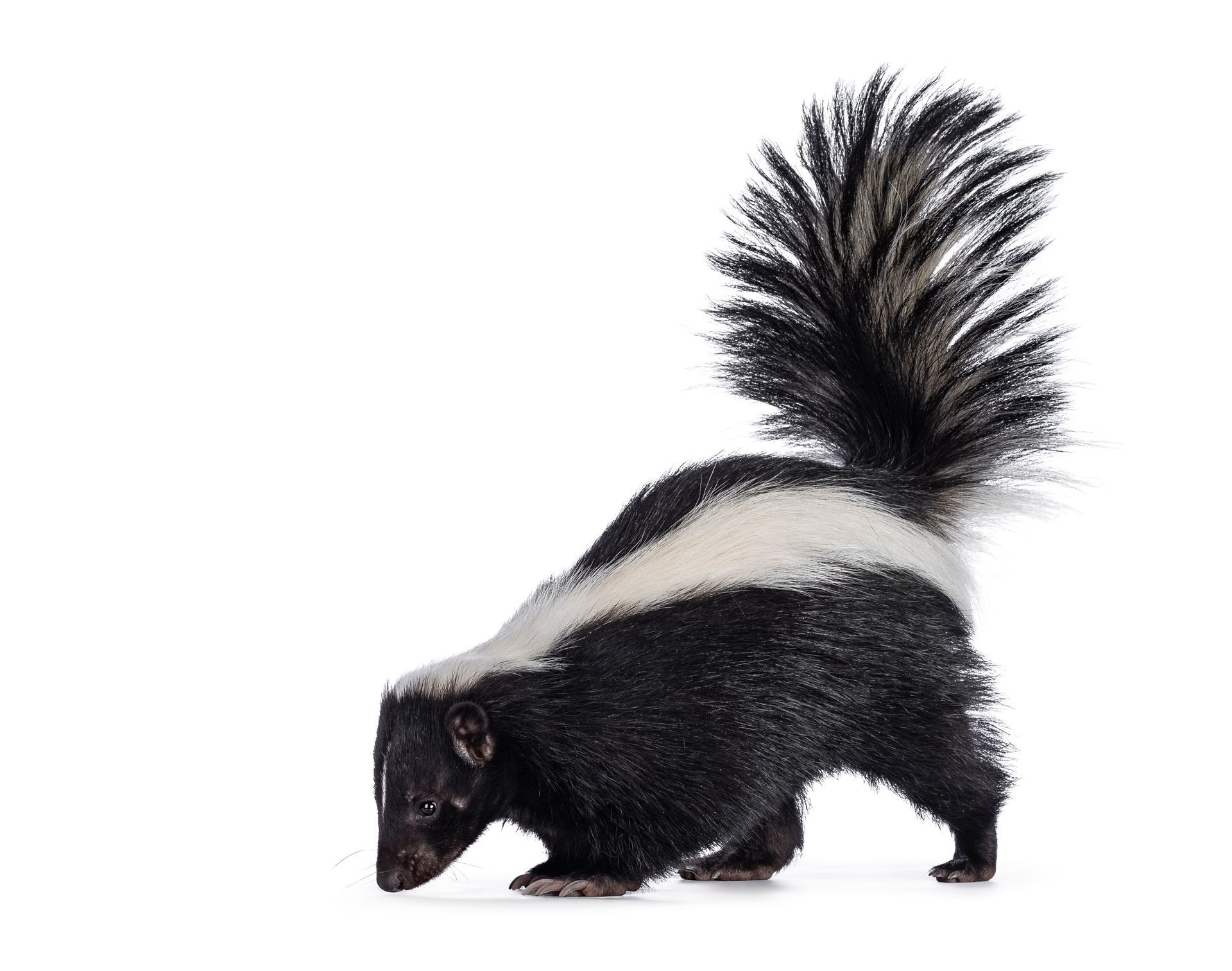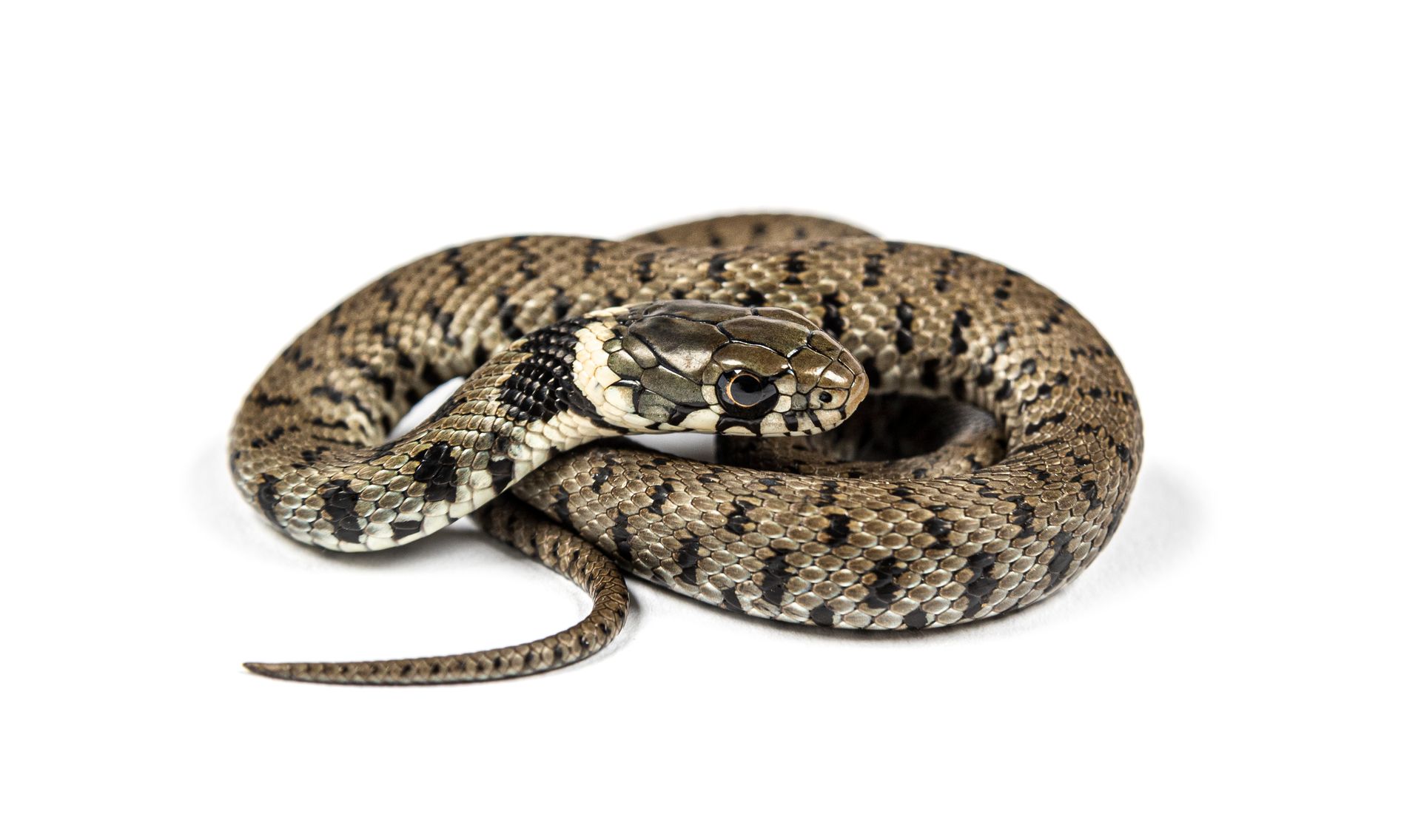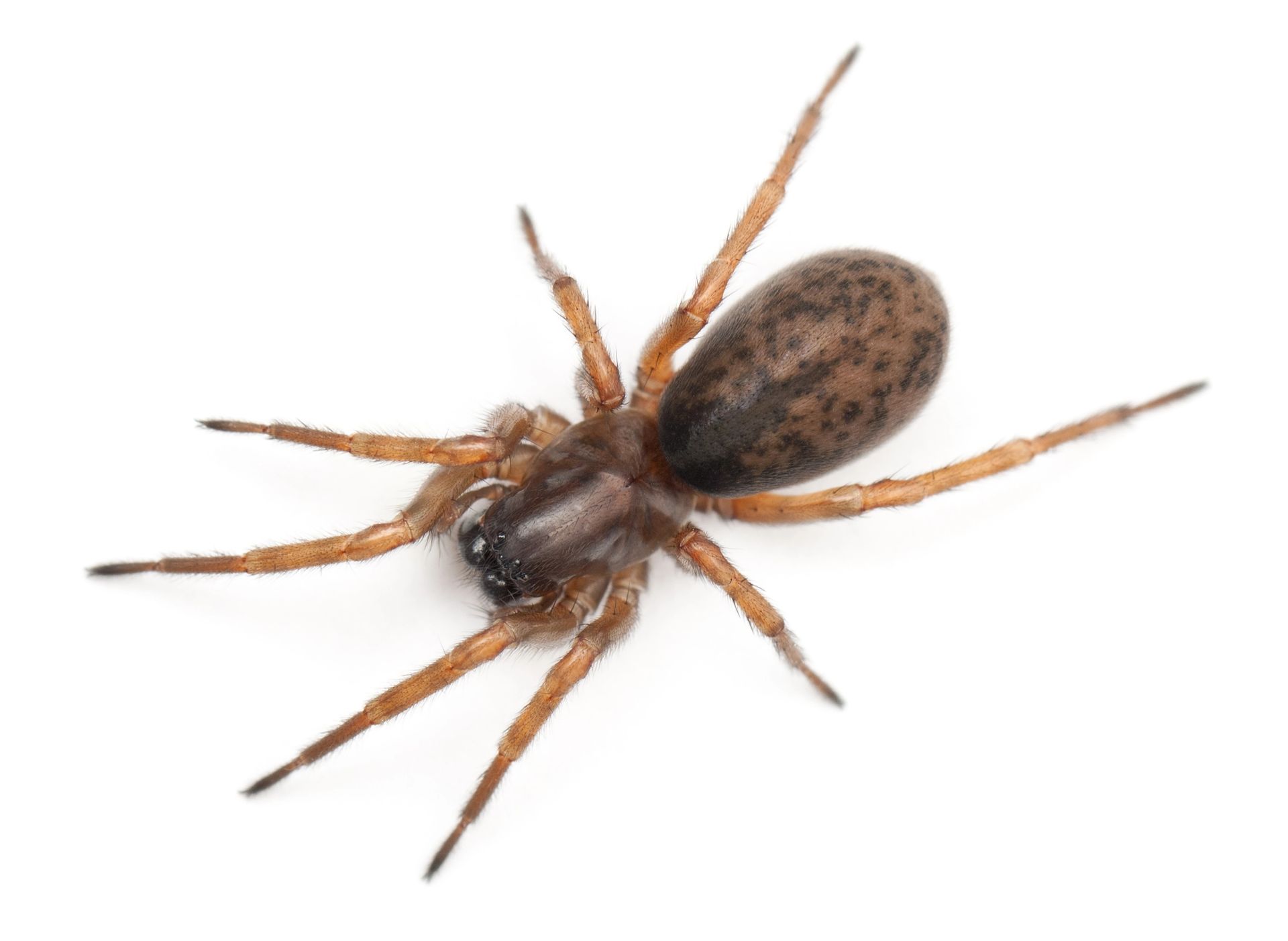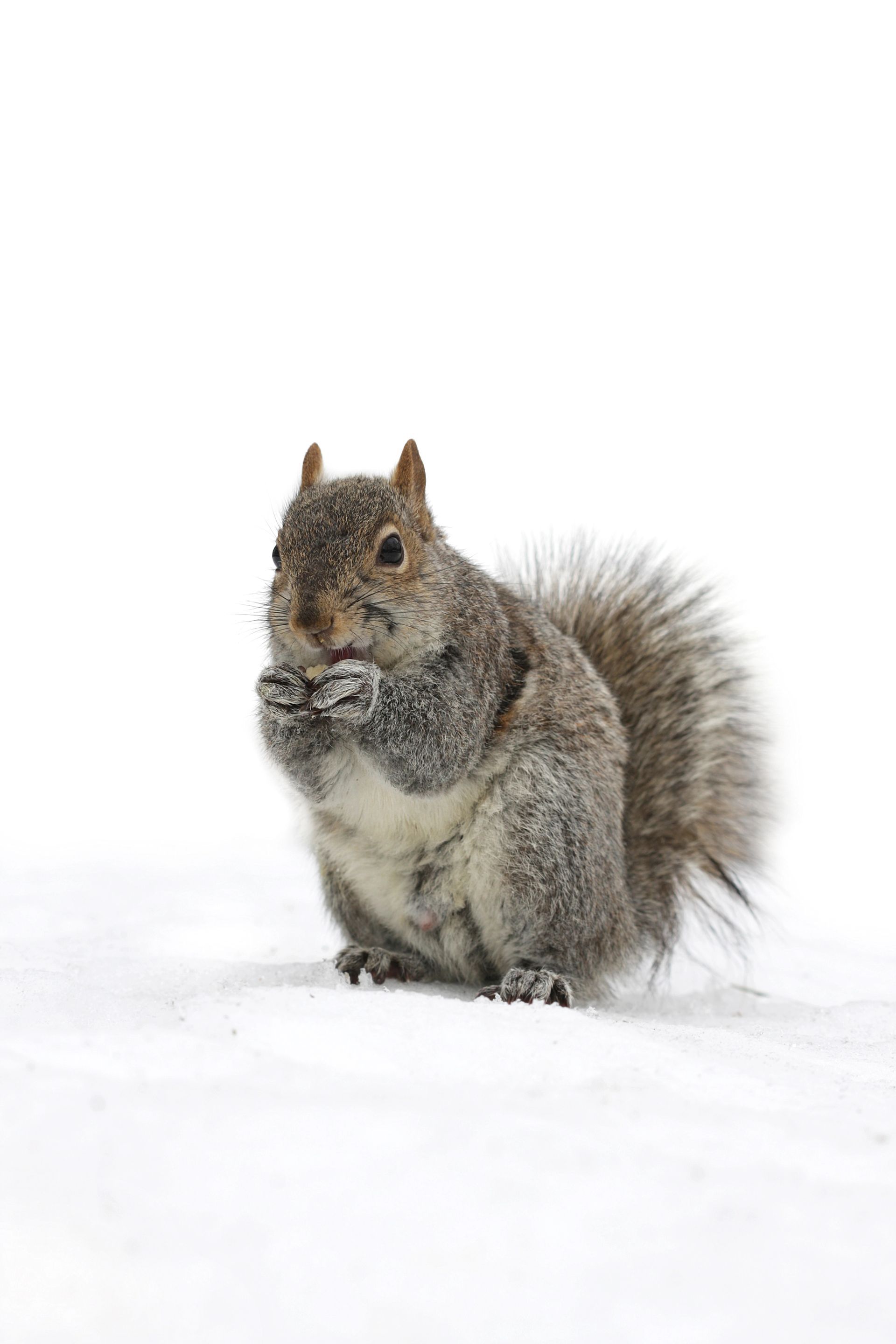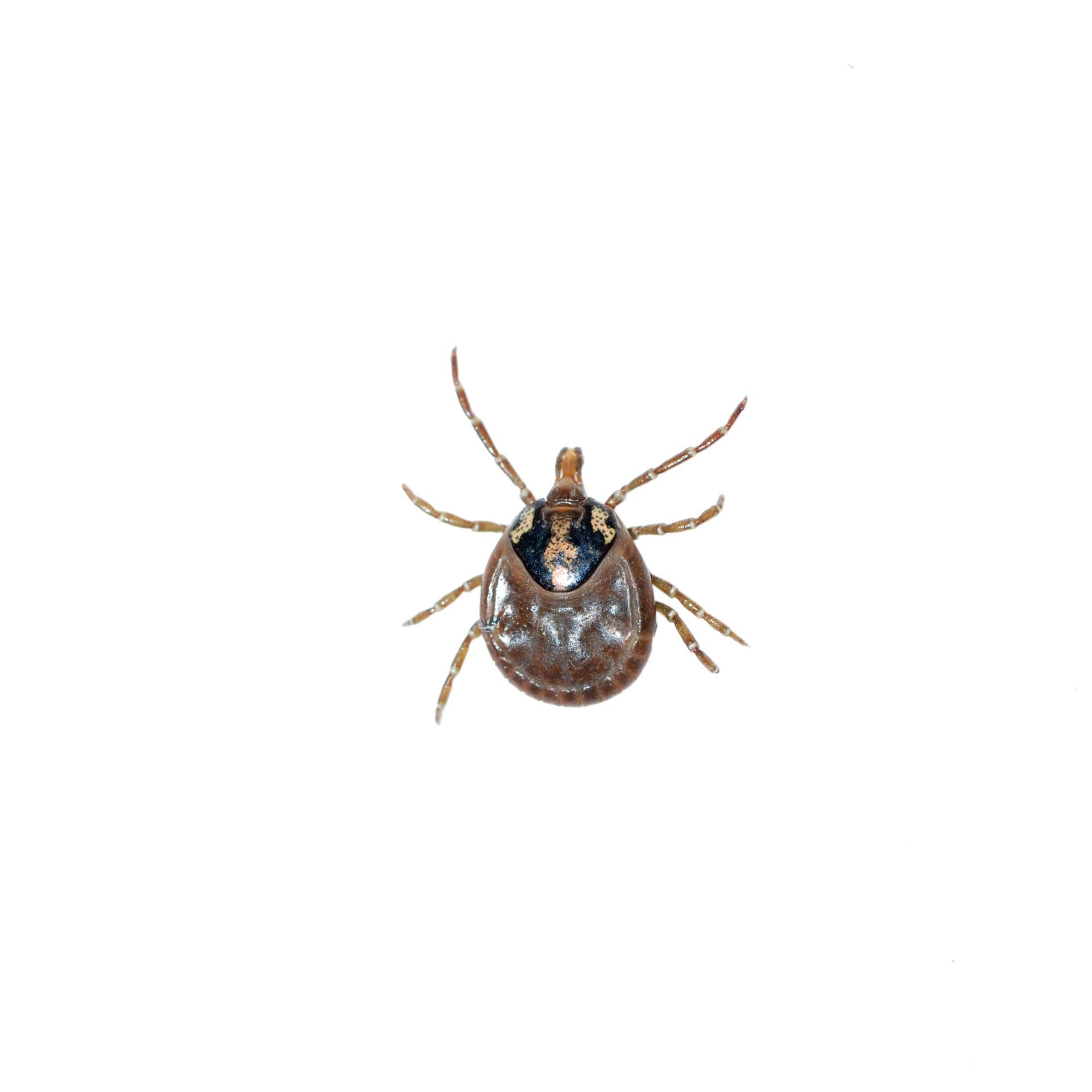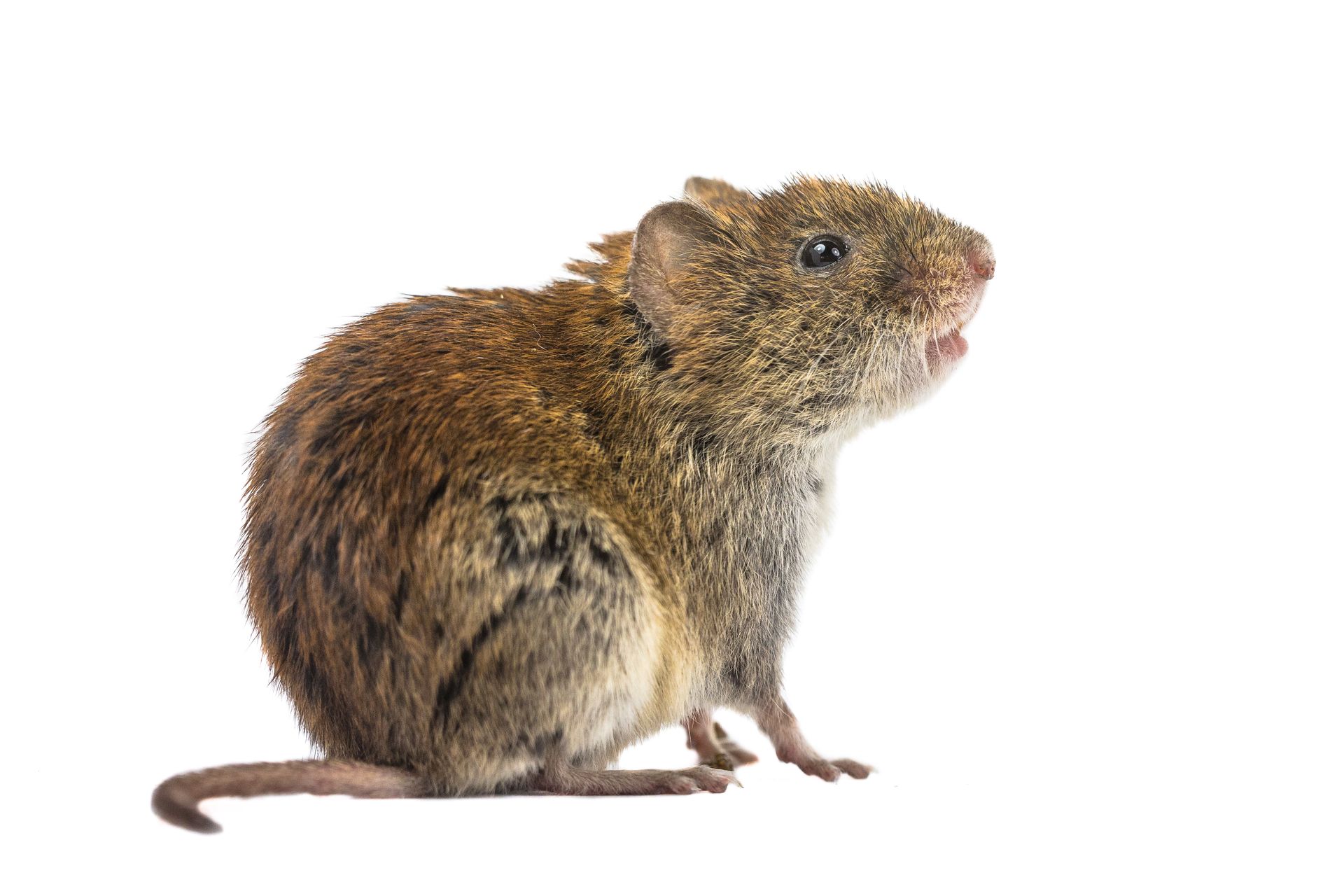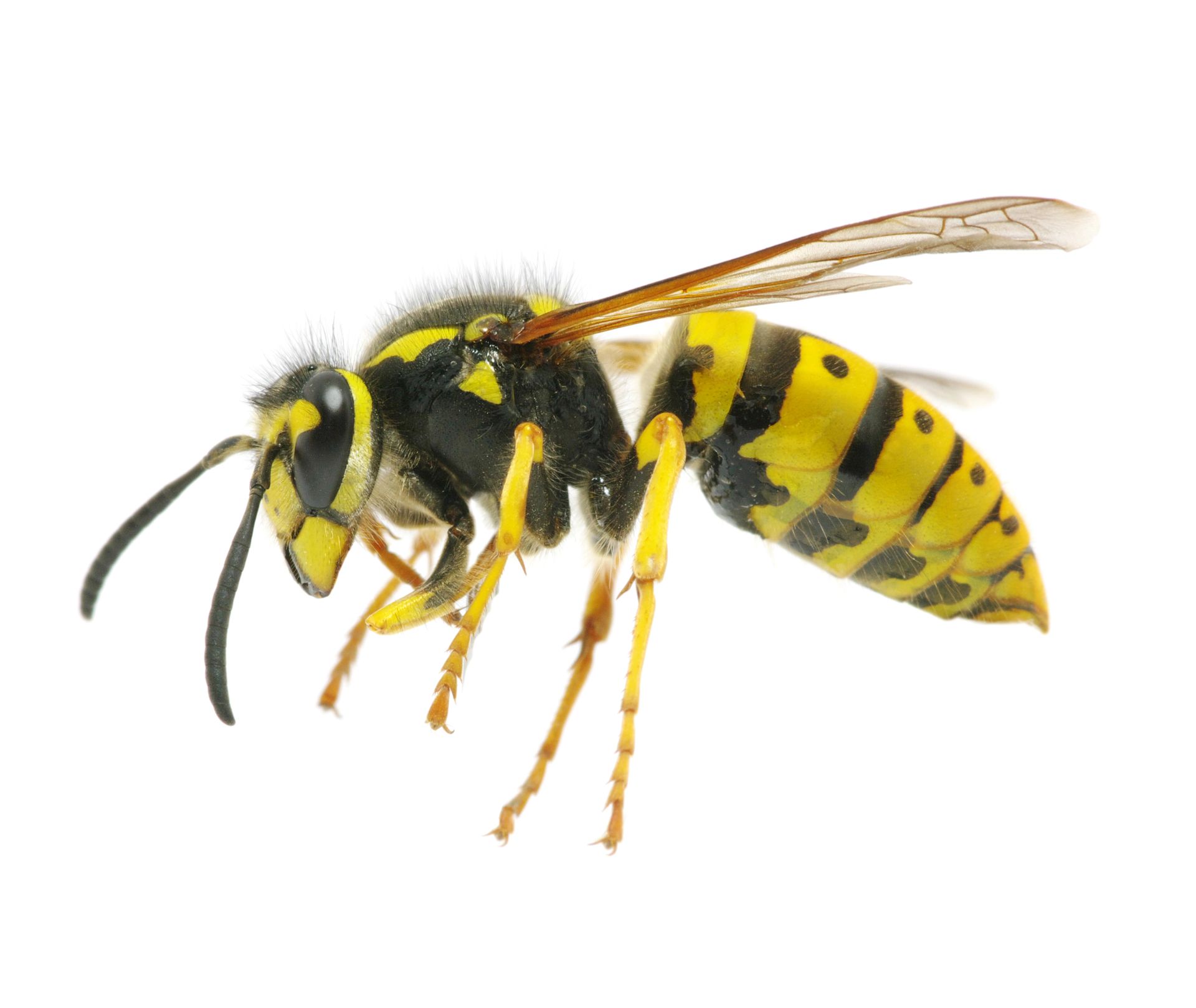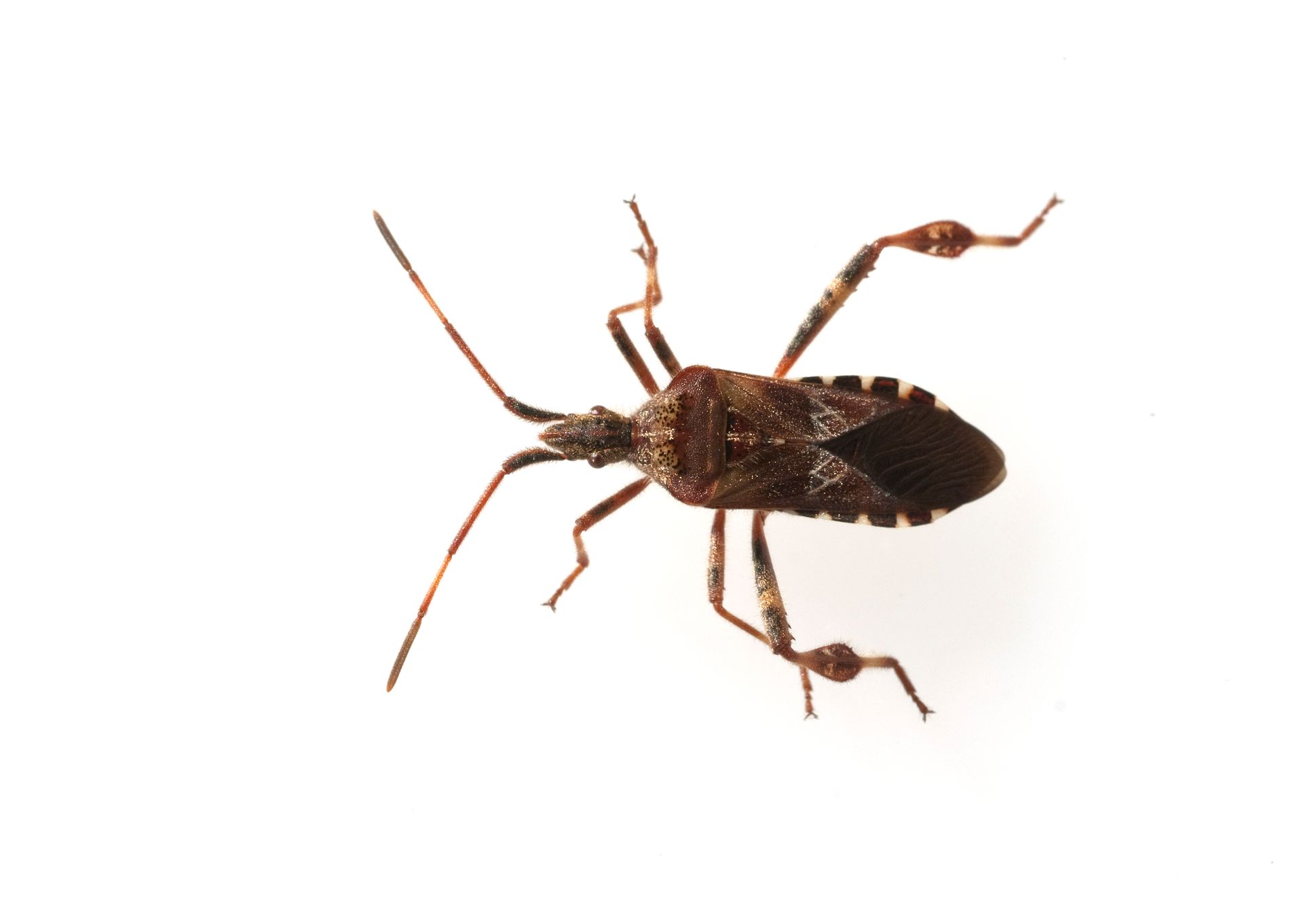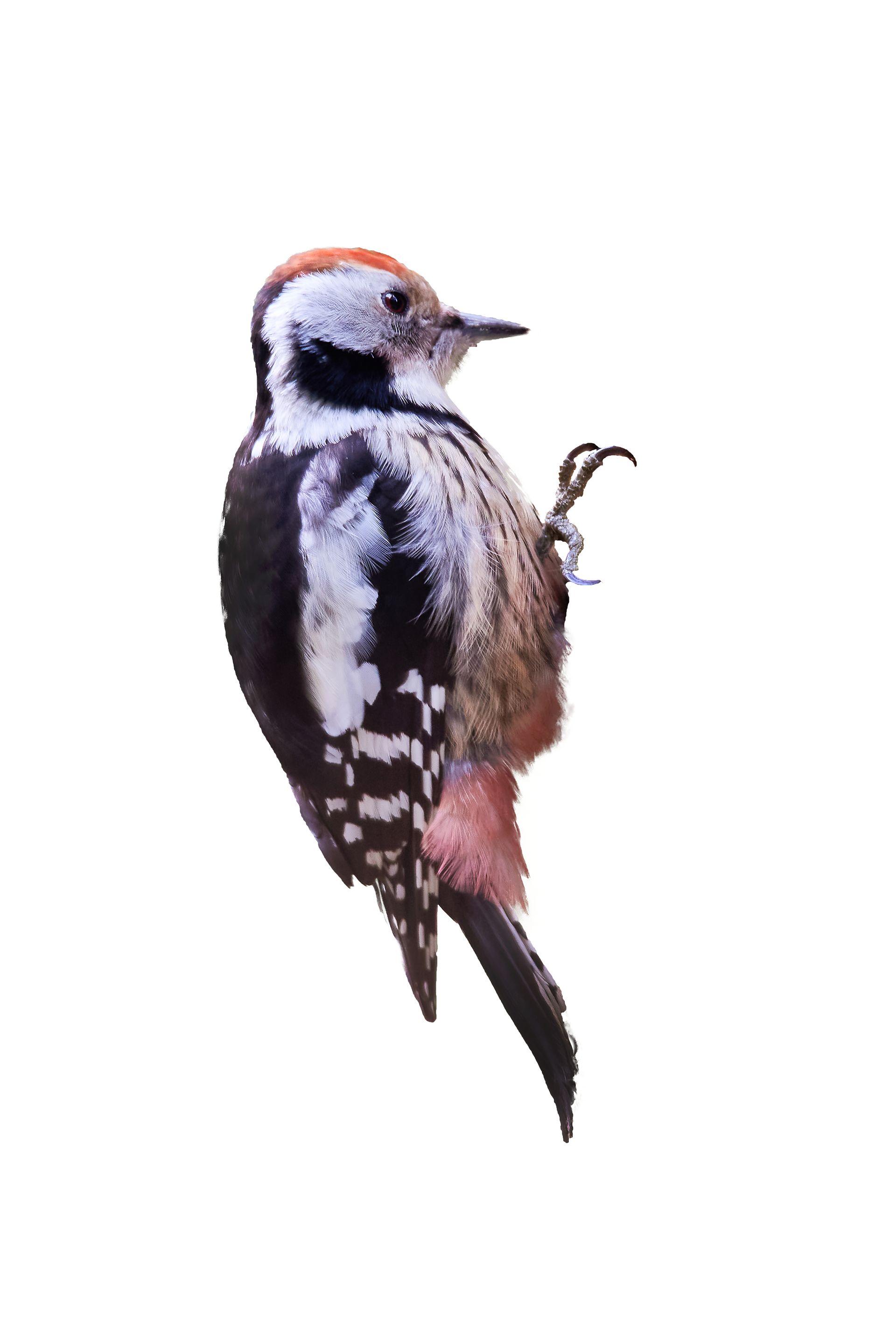Understanding Centipedes in Wisconsin
Centipedes are common arthropods found in Wisconsin, recognized for their long, segmented bodies and numerous legs. While they play a beneficial role in controlling other pest populations, their presence in homes and buildings can be unsettling and undesirable. Understanding where centipedes are typically found, what attracts them to indoor environments, and why they are unsuitable for homes and buildings is essential for effective management and prevention.
Characteristics and Habitats of Centipedes
Centipedes are elongated, multi-legged arthropods that can range in size from less than an inch to several inches long. They are usually brown or reddish-brown and have one pair of legs per body segment. Centipedes are nocturnal and prefer moist, dark environments.
Centipedes are typically found in:
Outdoors:
Under Rocks and Logs: Centipedes commonly inhabit damp areas under rocks, logs, and leaf litter where they can find prey.
Gardens and Mulch: Gardens, mulch beds, and other areas with high moisture content are ideal habitats for centipedes.
Indoors:
Basements and Crawl Spaces: These areas provide the cool, damp conditions centipedes prefer.
Bathrooms and Kitchens: Centipedes are often found in bathrooms and kitchens due to the availability of moisture and prey.
Walls and Floor Voids: Centipedes can hide in cracks, crevices, and voids within walls and floors.
Attractions in Homes and Buildings
Centipedes are attracted to homes and buildings for several reasons:
Moisture: Centipedes seek out damp environments, making areas with high humidity or moisture, such as basements and bathrooms, particularly attractive.
Prey: As predators, centipedes are drawn to areas where they can find food, including insects and spiders. Homes with existing pest problems can inadvertently attract centipedes.
Shelter: Centipedes look for sheltered, undisturbed places to hide during the day, such as cracks, crevices, and dark corners.
Why Centipedes Are Not Suitable for Homes and Buildings
While centipedes help control other insect populations, their presence indoors is generally undesirable for several reasons:
Nuisance:
Unsettling Appearance: Centipedes' fast movements and many legs can be alarming to homeowners.
Frequent Sightings: Seeing centipedes inside the home can be distressing and unsettling for residents.
Potential Bites:
Mildly Venomous: Centipedes have venomous bites used to subdue prey. While their bites are generally harmless to humans, they can cause mild pain and irritation.
Indicators of Other Pest Problems:
Prey Presence: The presence of centipedes often indicates an underlying pest issue, as they enter homes in search of food. This can signal larger pest control concerns that need to be addressed.
Prevention and Control
To prevent and control centipede infestations in homes and buildings, consider the following strategies:
Reduce Moisture: Address moisture issues by fixing leaks, using dehumidifiers, and ensuring proper ventilation in damp areas.
Seal Entry Points: Seal cracks and gaps around windows, doors, and foundations to prevent centipedes from entering.
Remove Hiding Places: Declutter areas such as basements, crawl spaces, and storage rooms to reduce hiding spots for centipedes.
Control Prey Populations: Implement pest control measures to reduce the number of insects and spiders that centipedes feed on.
Regular Cleaning: Maintain a clean home by regularly vacuuming and removing debris that could attract centipedes.
Understanding the habits and risks associated with centipedes in Wisconsin is crucial for keeping your home or building free from these pests. If you suspect a centipede problem, taking swift action can prevent further issues and ensure a comfortable living environment. Trust BugBoss The X-Terminator to provide expert advice and effective centipede control solutions tailored to your needs.
Local Pests & Wildlife in Wisconsin



